When I reviewed the Sigma 10-18mm F2.8 DN a few months ago I expressed an interest in revisiting it on Fuji. Fuji’s cameras with the 40MP X-Trans sensors are serious disruptors in this space, and, while I own and love the Fujifilm X-H2, I’m still not decided as to whether they haven’t taken resolution on APS-C a bit too far, as everything but the most of elite of lenses struggle to resolve it. Thus a lens that performs well on Sony (at 26MP) may not look nearly as good at 40MP on Fuji. In fact, I have yet to see a zoom lens yet that really excels at 40MP on APS-C; I have a short list of lenses that keep up with the sensor, and they are all primes. This review of the 10-18X is not a whole new review, as there are elements that are identical to the E-mount version of the lens I’ve already tested, but rather an update on autofocus and image quality relative to Fujifilm X-Mount. You can see my thoughts in the video review here…or read on.
Follow Me @ YouTube | Patreon | Instagram | Facebook | DA Merchandise | Flickr | 500px
Thanks to Gentec (Sigma’ distributer in Canada) for sending me a review loaner of this lens. As always, this is a completely independent review. *The tests and most of the photos that I share as a part of my review cycle have been done on the 40MP Fujifilm X-H2 that I reviewed here.
__________________________________________________________________________________________________
This year we’ve seen two important DC DN lenses, including the excellent 23mm F1.4 DC DN and this new 10-18mm DN, a wide angle zoom lens with a fast maximum aperture of F2.8. This will certainly be a welcome addition to Fuji shooters as there are relatively few wide angle zooms to choose from, and none that quite match the combination of compact size, price, and performance of the 10-18X.
The Sigma 10-18mm DN is the sixth lens in this series. Here’s a look at the DC (APS-C) DN (mirrorless) lineup thus far.
- Sigma 16mm F1.4
- Sigma 23mm F1.4
- Sigma 30mm F1.4
- Sigma 56mm F1.4
- Sigma 10-18mm F2.8
- Sigma 18-50mm F2.8
Sigma’s DC DN lenses have all fallen under the umbrella of their Contemporary lineup, and while Sigma has proven willing to experiment with new features and design elements within the ART and Sport lineups, the Contemporary lenses have all stuck to a fairly rigid design formula. That continues to be the case here, so this little lens mostly looks and handles pretty similarly to other lenses in the lineup.
There’s some good and bad with this, but what certainly isn’t bad is that you can capture some absolutely amazing images with this little lens.
Yes, the colors were just that rich; the Sigma has captured them accurately.
This is a useful zoom range, allowing you to go from extremely wide at 10mm (15mm full frame equivalent) through the various steps to 18mm (27mm full frame equivalent).





The Sigma 10-18mm F2.8 DC DN carries a price tag of $599 USD. Should this lens jump to the top of your list when you are looking for a wide angle zoom lens for your camera? Here’s the original review for more information.
Sigma 10-18mm DN Build and Handling
Though Sigma has released a LOT of lenses over the past few years, this is (surprisingly) only the second APS-C specific zoom lens released for mirrorless cameras. The first was the 18-50mm F2.8 DN that I reviewed almost exactly two years ago. I quite liked that little zoom, and am currently working on an updated Fuji X-mount review like this one. The 10-18mm provides an obvious compliment to that lens, allowing for coverage from 10-50mm between the two lenses, or the equivalent of 15-75mm on full frame. This is all with a maximum aperture of F2.8, which is obviously very useful. What’s more, both of these lenses are extremely compact and light, making them very easy to travel with as a kit. The new 10-18mm DN weighs just 250g in Fuji X-mount, or 8.8 oz. It is 72.2mm in diameter and 64.3mm in length (2.8 x 2.5″). That’s about 5g lighter than the E-mount version I tested, largely because X-mount is slightly narrower than E-mount (2mm).
Up front we have the ability to use traditional filters in a very standard 67mm size.
The 10-18mm and 18-50mm make for a very compact pairing.
The closest competitor to the Sigma 10-18mm DN will be the Tamron 11-20mm F2.8 RXD; it has a bit more zoom range, but, importantly, it is not as wide. It’s easier to crop in enough to account for that 2mm on the telephoto end, but you can’t always step back to get more in the frame. Native Fuji options include the 10-24mm F4 OIS WR, and the premium option is the huge XF 8-16mm F2.8 LM WR. The Sigma is easily the least expensive of these options, running $230 cheaper than the Tamron and $400-600 cheaper than the Fuji options.
The Sigma is not the cheapest of their four lenses at $599 USD, and also manages to be the smallest and lightest despite going wide (10mm) and having a large maximum aperture. In fairness, it also has the smallest zoom ratio, though not by much. I suspect that many will find the weaknesses an acceptable tradeoff for the significant strengths.
As noted, Sigma’s Contemporary branded lenses have followed a very definite design path. Sigma’s build quality on these lenses is quite nice. The aesthetic and feel of the lens isn’t really different than their ART series. The design language and materials are quite similar…just smaller.
But where the ART and Contemporary lenses diverge is in the features. The key difference is that the DC DN zoom lenses are essentially featureless. There is no aperture ring, no switches, no iris lock, no declicking of the aperture, no focus hold button. Now, to be fair, the Tamron lens (probably the primary competitor) also lacks these features. The Fuji XF 10-24mm and 8-16mm have an aperture ring, while some competition on Sony has even more features.
I’ve seen this happen before; a lens maker locks themselves into a certain standard of features for a series of lenses, but then the market shifts and that design philosophy is no longer acceptable.
Case in point is Sigma’s approach to weather sealing on the Contemporary lineup. The 10-18X has a weather sealing gasket at the lens mount but no internal seals…just like the other DC DN lenses. This is at least one area where the Sigma falls behind the competitors – the Tamron 11-20mm, Sony 10-20mm, and Fuji 8-16mm + 10-24mm all feature fully weather sealed designs.
This is a very short lens (just 62mm in length), so that means there is a lot to fit in on a zoom lens. Sigma’s design is slightly unique in that the manual focus ring is actually the closer of the two. It occupies the center of the barrel, while the zoom ring is on a flared out section near the front of the lens. Like other lenses designed for mirrorless cameras, this is a focus-by-wire system in which input from the focus ring is routed through the focus motor. It is actually the focus motor that moves the elements, making manual focus more of an emulation than a direct movement of the elements. Some lenses pull this off better than others, and the Sigma 10-18mm DN is one of them. There is good weight/damping on the focus ring, and no visible steps during focus changes. I didn’t notice any focus lag either; the action on the ring and the movement of focus seemed directly linked. I will note that the lens will automatically alert the body to magnify the image when you are manually focusing, which is a big help in visually confirming focus.
There is about 10mm between the focus ring and the beginning of the flared section that leads to the zoom ring. I appreciate some space there, as that was one of my complaints about the Sony 10-20mm; there was almost no room between the two rings on that lens, and it was easy to inadvertently move the wrong ring. There’s a very definite difference between two rings and position on the Sigma, though there is a different problem. At the fully retracted position (there is a slight external zoom action), the lens hood fits so tightly against the zoom ring that there isn’t a lot of space for your thumb to fit on the narrow ring. If you happen to have longer fingernails, you might actually find zooming a bit of a challenge.



The zoom action itself is very smooth. This is a “reverse zoom” in terms of the retraction; the inner barrel is fully retracted at 18mm and extends the furthest at 10mm, though the barrel extension is only about 10mm.
Sigma is experimenting with a new lens hood design for this lens. Rather than bayoneting into place, it is actually just a push on design. You still need to line up the markings on the hood and the barrel, but then you just push the lens hood into place rather than rotate it. A spring/lever mechanism holds the hood locked into place. You can release it by just doing a slight rotation to the left.
The primary “pro” of this design is it allows them to the make the lens hood a little thinner as there doesn’t need to be room in the hood design for the bayonet action. Sigma touts the fact that while the filter size of the 10-18mm is 12mm larger than the 18-50mm (67 vs 55mm), the diameter of the lens hood is only 3.8mm larger.
If you want to reverse the hood for storage, you now line up an arrow on the lens hood with the previous mark on the lens barrel and push it forward. Removing it simply requires a similar slight rotation to the left. As per usual, Sigma’s lens hoods are just a little bit nicer than the competition, including some soft-touch materials, texture variations, and lens information imprinted on them.
The 10-18X has two different minimum focusing distances for the wide and telephoto ends of the zoom range. At 10mm you can focus as closely as 11.6cm (4.6″) and can get as high as a 0.25x magnification…though you have to be pretty much right on top of your subject to get it.
At 18mm that disance extends to 19.1cm (4.6″) and the magnification drops to just 0.14x…though shots at 18mm are a whole lot easier to get!
The aperture iris is electromagnetic and controlled from within the camera (no aperture ring). It has seven rounded aperture blades that do a fairly good job of retaining a circular shape even with the lens stopped down, though frankly you won’t have a lot of opportunity to shoot shallow depth of field shots with a wide angle lens like this.
Stopping down will produce a decent 14 bladed sunstar effect.
There isn’t much deviation from the standard formula here, and while I do think there’s room for improvement, I appreciate the great strengths here as well. This is a lightweight, compact lens that also has a very nice build and feel to it. There’s not much in terms of features, but think what is most attractive is the compact size and light weight of a lens with both a large maximum aperture and a very wide angle of view.
Sigma 10-18mm DN Autofocus
Sigma continues to utilize a stepping focus motor (STM) in these smaller lenses as the elements are smaller and lighter than lenses and don’t require the higher torque that some of their large aperture full frame or sports oriented lenses. My experience with all of the Sigma DN lenses to date has been that I prefer their autofocus behavior on Sony than to Fuji, and that continues to be the case here. To be fair, however, a large part of that is that I prefer Sony’s autofocus on their cameras, and that obviously impacts the performance of a lens. That caveat aside, I was generally pleased with the performance of the 10-18X even on Fuji. The STM focus motor gets the job done, and focus was fast, quiet, and accurate during my tests.
I didn’t really pick up on any focus sound at any point, and focus was responsive enough to pick up on my bratty little Bengal:
I did my autofocus tests indoors and outdoors, and found AF-C autofocus changes to be near instant moving from a close to a distant subject. Focus speed for stills is very good.
I also tested Eye AF tracking, and found that autofocus stayed “sticky” on Nala’s eyes as either she moved towards me or I (and the camera) moved around tracking here.
I had good autofocus results even when shooting backlit subjects, like these morning frost needles forming on bare branches.
Wide angle lenses put less stress on their autofocus systems because depth of field tends to be very large unless you are extremely close to your subject. I have zero complaints about the performance here for stills, however, as focus was quick and confident.
On the video front my findings were mostly good, though not quite as flawless as on Sony. My autofocus focus pulls test showed that there is plenty of speed to make focus transitions, but there is a common problem on Fuji – the autofocus confidence just isn’t as high. The focus pulls themselves go fast, but then there is a little bit of hunting and settling before focus locks on the new subject.
On a positive note focus breathing is fairly low.
My “hand test” (where I block the view of my face with my hand and then move the hand to allow focus to pop back to the eye) went fairly well. I saw less hunting in that scenario, and focus moved and locked with more confidence. This doesn’t surprise me at all, as Fuji has been operating with the same basic focus system for years, but have upgraded it in this last generation of cameras through AI tracking. When modern Fuji cameras have a trackable subject in the frame (something the AI processor is programmed to detect), autofocus works quite well. It works less well when there isn’t a readily identifiable and trackable subject.
For that reason Fujifilm vloggers will enjoy this lens. It’s small and compact and thus “gimbals well”, but because the focus system has an eye to focus on, focus was effective even when I was on the move or spinning around. Here’s a screenshot from one of those shots.
I did test to see if this was a parfocal lens and was pleasantly surprised to find that it was. I could focus at 10mm and zoom into 18mm and find that focus was still correct. That will help with video work.
In conclusion, autofocus isn’t quite as sophisticated on Fuji as it is on Sony, but I’ll also say that this has been one of the better zooms that I’ve worked on Fuji for autofocus performance.
Sigma 10-18X Image Quality
The Sigma 10-18X sports a relatively complex optical formula for such a small lens. There are 13 elements in 10 groups, and that includes number of exotic elements like 4 aspherical elements (including a large GM aspherical concave lens as the front element), 3 FLD elements, and one SLD element. The MTF chart and comparison shows a significant improvement over the older Sigma 10-20mm F3.5 that the was equivalent lens for DSLRs. The MTF chart shows a very strong center and midframe at both ends of the zoom range with minimal falloff in the corners at 10mm. There’s a stronger falloff at 18mm in the corners.


Real world results often look excellent to my eye, with excellent detail and contrast…though as per usual, the 40MP sensor of the X-H2 proves a high hurdle to climb if you start to closely analyze things.
We’ll work through the chart results by first looking at distortion and vignette. Here’s a look at the before and after of manual corrections of both at 10mm:
I didn’t expect to see any real difference in distortion (it’s the same optical formula), but I’ve noticed a trend with lenses that I test on both Sony and then on Fuji that vignette is typically heavier on Fuji. I suspect it has something to do with the smaller diameter of the lens mount.
At 10mm there is a significant but not extreme amount of barrel distortion. I used a +25 to correct it, though there is a mild mustache pattern left after manual correction. The standard profile does a cleaner job of correcting the distortion. On Sony I needed a +53 to correct the vignette, but on Fuji I had to max out the slider (+100). That’s close to two stops higher on Fuji.
So how about the “telephoto” end of the zoom range?
The distortion flips to pincushion style at 18mm but corrected easily with a -7. , but it was very linear and easy to cleanly correct for. Vignette was a little lighter but still required a +80 to correct (+40 more than on Sony). Fuji’s correction profiles (Sigma gets full support here) work fine in camera for the lens for JPEG and video, and there is already a correction profile available for Lightroom/ACR that will clean things up nicely for RAW files. Here’s a look at a SOOC JPEG file of a brick wall at 10mm – no distortion or vignette to be seen:
Clearly no insurmountable odds there.
How about chromatic aberrations?
I saw very little longitudinal chromatic aberrations before and after the plane of focus. You can see very little fringing in all of the shiny metal and crystal bits on this decorative reindeer.
Lateral Chromatic Aberrations usually show up along the edges of the frame as fringing on either side of high contrast areas, but that doesn’t seem to be an issue here. Winter is the most obvious time to see issues with LaCA due to all the bare branches, but I don’t see any issues here even with corrections turned off.


That’s good news, as you are far more likely to see lateral CA on a wide angle zoom in real world images than you are to see longitudinal CA.
So how about resolution and contrast? All chart tests done with a the X-H2 (70MP) using a tripod and a two second delay. Here’s a look at my test chart:
And here are the crops (at roughly 200% magnification) from the center, mid-frame, and extreme corner shot at 10mm and at F2.8:



In the center of the frame we can see that the Sigma 10-18X has no problem. It still looks fantastic. Mid-frame is a little murkier, though the corner look relatively good. Stop down to F4 and the mid-frame and the corners take a nice leap forwards:
There’s a bit more on tap at F5.6, so that means that real world landscape images at 10mm will look very nice all across the frame.
Diffraction comes early on pixel dense cameras like the X-H2, so I actually found F8 to have very slightly less contrast compared with F5.6. After F8 things go downhill fast as diffraction robs away contrast and acuity. By F22 (minimum aperture) the image looks very soft.
I would recommend sticking with F5.8-F8 for landscape work on a high resolution camera to get your best results.
I slightly preferred the overall image quality at 12mm. The center is about the same as 10mm, but the results in the midframe and corners are clearly better.
Real world 12mm images look great, though the absolute edges aren’t pin sharp on 40MP.
14mm is very similar to 12mm in contrast, though I didn’t feel like it resolved some of the fine lines quite as well. Take a look at the number 2 and the area around it on the right as compared to the left (12mm).
There’s a clear improvement at F4, however, and landscape apertures look pretty great in real world images.
16mm is mostly similar to 14mm with perhaps a little better detail and contrast…particularly along the edges of the frame.
I did note a mild regression at 18mm in my Sony E-mount review, but I’m seeing it less here on Fuji. As I compare 16mm and 18mm across the frame I see some give and take. Some areas favor 16mm, others favor 18mm. The performance is mostly similar between the two focal lengths, making the overall sharpness and contrast very consistent across this zoom range.
I chose this crop because it illustrates the challenge well – there is very little to distinguish between the two focal lengths…even side by side and magnified to 200%!
As before, you can see some improved contrast a bit more detail by stopping the lens down. I found a more significant different at F5.6 than at F4. By F5.6 the improved contrast is very noticeable.
The two ends of the zoom range are the most important, as you’ll often be in situations where you want to go as wide as possible, while the 18mm end will give both the maximum reach but also will be the go to for up close work…like in the shot of these mushrooms.


You can see from the crop that while the amount of detail at F2.8 on a high resolution sensor isn’t pin-sharp, it is sharp enough to work in most situations.
You are also most likely to get visible bokeh at 18mm. This image allows us to look at both the sharpness of the subject and the bokeh beyond.
At a pixel level I can see that contrast doesn’t “wow” me, but at every other viewing magnification the image looks great. There’s no “bleeding” around the edges of the leaves due to low contrast, and the quality of the bokeh is pretty nice. Wide angle lenses are almost never going to give you amazing bokeh (that’s just not their strength), but I would be happy in getting images like the one above.
Here’s another bokeh shot of a field of frost covered sweet fern. You can see a bit of busyness in the transition zone as things move out of focus (some outlining), but beyond that the bokeh gets fairly soft and creamy.
Flare resistance was fairly good in most situations, with good contrast and only minor issues with ghosting. That performance was pretty similar to what I saw on Sony. Here’s a fresh shot that shows good flare resistance.
I did see some “flashing” with the sun right out of the frame when shooting video, though I did find it fairly artistic and not distracting. Again, that’s a subjective evaluation, and I would recommend watching the video review to draw more conclusions for yourself. Here’s a few screenshots to show the effect.



Overall my feelings were very positive about the flare resistance.
The weather was much gloomier during my time with the X-mount version of the lens as compared to the earlier Sony version, but I continue to find colors pleasing on Fuji.
Even on a gloomy day the colors have a nice level of saturation.
The Sigma 10-18X is able to navigate the bump to 40MP on Fuji better than most zoom lenses I have tested on the sensor…but the difference in apparent sharpness at 200% comparing 26MP on Sony with 40MP on Fuji is pretty astounding. Look at the difference in corner performance at 10mm here:
That Fuji sensor is a monster for making lenses look softer at a pixel level, but that’s not on Sigma. Compared to other lenses, it actually holds up well. Here’s the Tamron 11-20mm F2.8 RXD (another lens that looked very good on Sony but softer on Fuji), and you can see that the Sigma definitely better.
All things considered, I feel like there is a lot of optical performance here for such a small package. You can see many more beautiful images by visiting the image gallery here.
Conclusion
The Sigma 10-18mm F2.8 DC DN is a very welcome addition to the Fuji X-mount wide angle options. It’s the lightest and most compact while also being the cheapest and one of the best performers optically. It’s a lens that I would personally consider.
I would like to see Sigma increase the feature set of their Contemporary lenses, particularly when it comes to weather sealing, but they also have the advantage of having the lowest price point of competing lenses. This does help make that more acceptable.
Wide angle lenses like this are great for being able to get dramatic images, and this 10-18X is a great pairing for Sigma’s existing 18-50mm DN if you are looking for a lightweight F2.8 zoom. I would love to see Sigma also tackle an APS-C specific telephoto zoom to compete with Fuji’s 50-140mm in the future. I continue to question if Fuji took the quest for high resolution on APS-C a little too far, but the Sigma 10-18X handles the challenge as well as any zoom I’ve tested thus far.
Pros:
- Extremely compact lens for having F2.8 aperture
- Unique new hood design
- Manual focus and zoom rings move smoothly
- Quick and quiet autofocus
- Low focus breathing
- Seems to be parfocal
- Strong optics throughout zoom range
- Fringing well controlled
- Good color
- Good flare resistance
- Good price
Cons:
- Significant barrel distortion at 10mm
- Weather sealed only at mount
- No extra features
__________________________________________________________________________
GEAR USED:
Purchase the Sigma 10-18mm F2.8 DN @ B&H Photo | Adorama | Amazon | Camera Canada | Amazon Canada | Amazon UK | Amazon Germany
Purchase the Sigma 18-50mm F2.8 DN @ B&H Photo | Adorama | Amazon | Camera Canada | Amazon Canada | Amazon UK | Amazon Germany
Purchase the Fujifilm X-H2 @ B&H Photo | Adorama | Amazon | Camera Canada | Amazon Canada | Amazon UK | Amazon Germany
Purchase the Fujifilm X-T5 @ B&H Photo | Amazon | Camera Canada | Amazon Canada | Amazon UK | Find it Used at KEH
Purchase the Fujifilm X-S20 @ B&H Photo | Adorama | Amazon | Camera Canada | Amazon Canada | Amazon UK | Amazon Germany | Ebay
Want to support this channel? Use these affiliate links to shop at: B&H Photo | Amazon | Adorama | Camera Canada | Amazon Canada | Amazon UK | Ebay | Make a donation via Paypal
Buy DA Merchandise https://bit.ly/TWIMerch

Keywords: Sigma, 10-18mm, Sigma 10-18mm, F2.8, DC , DN, APS-C, Fuji X-mount, Sony E-mount, Leica L-mount, Sigma 10-18 Review, Sigma 10-18mm Review, Sigma 10-18 DN, Review, Sony a6700, Sony a6400, Sony a7RV, Fujifilm X-H2, Review, Hands On, Dustin Abbott, Real World, Comparison, Sharpness, Bokeh, Flare Resistance, Autofocus, Image Quality, Sample Images, Video, Portrait, Photography, let the light in, #letthelightin, DA, Weather Sealing, #SIGMA, #SIGMA1018mmContemporary, #SIGMAContemporary, #SIGMADCDN

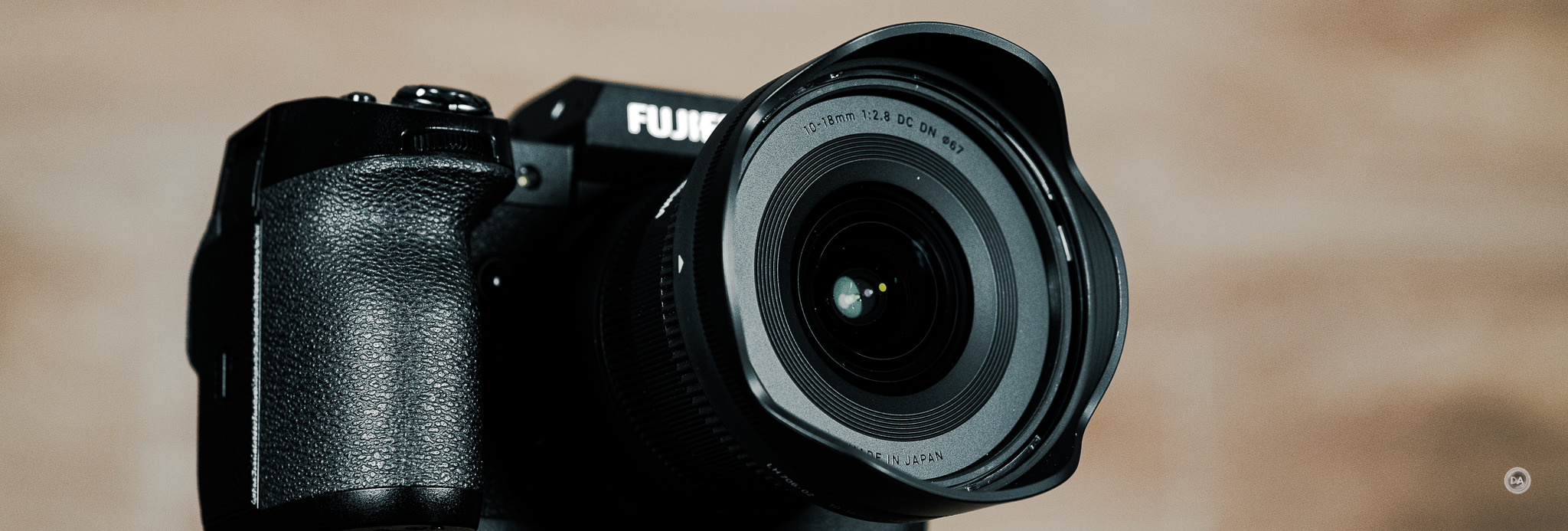
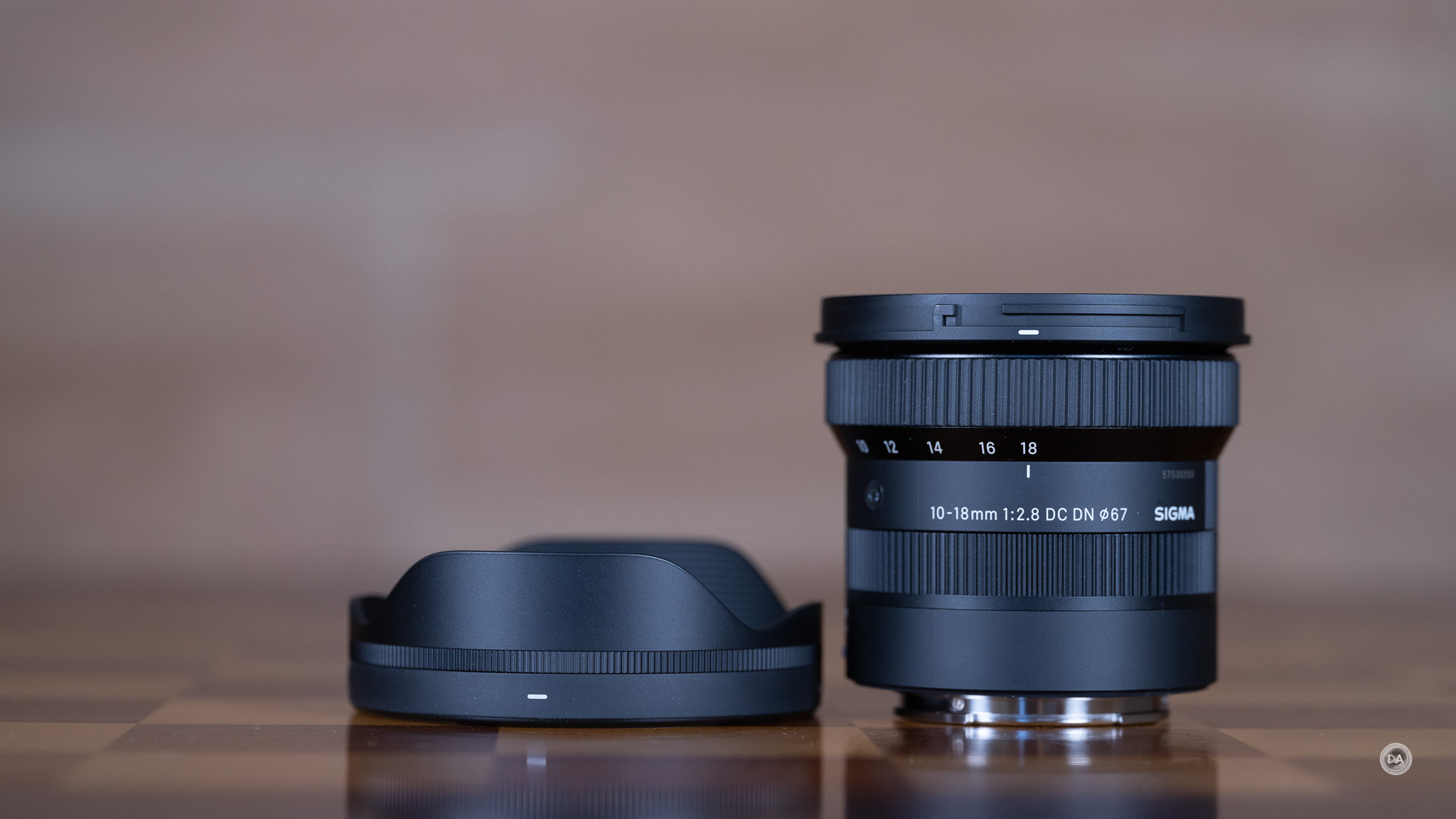
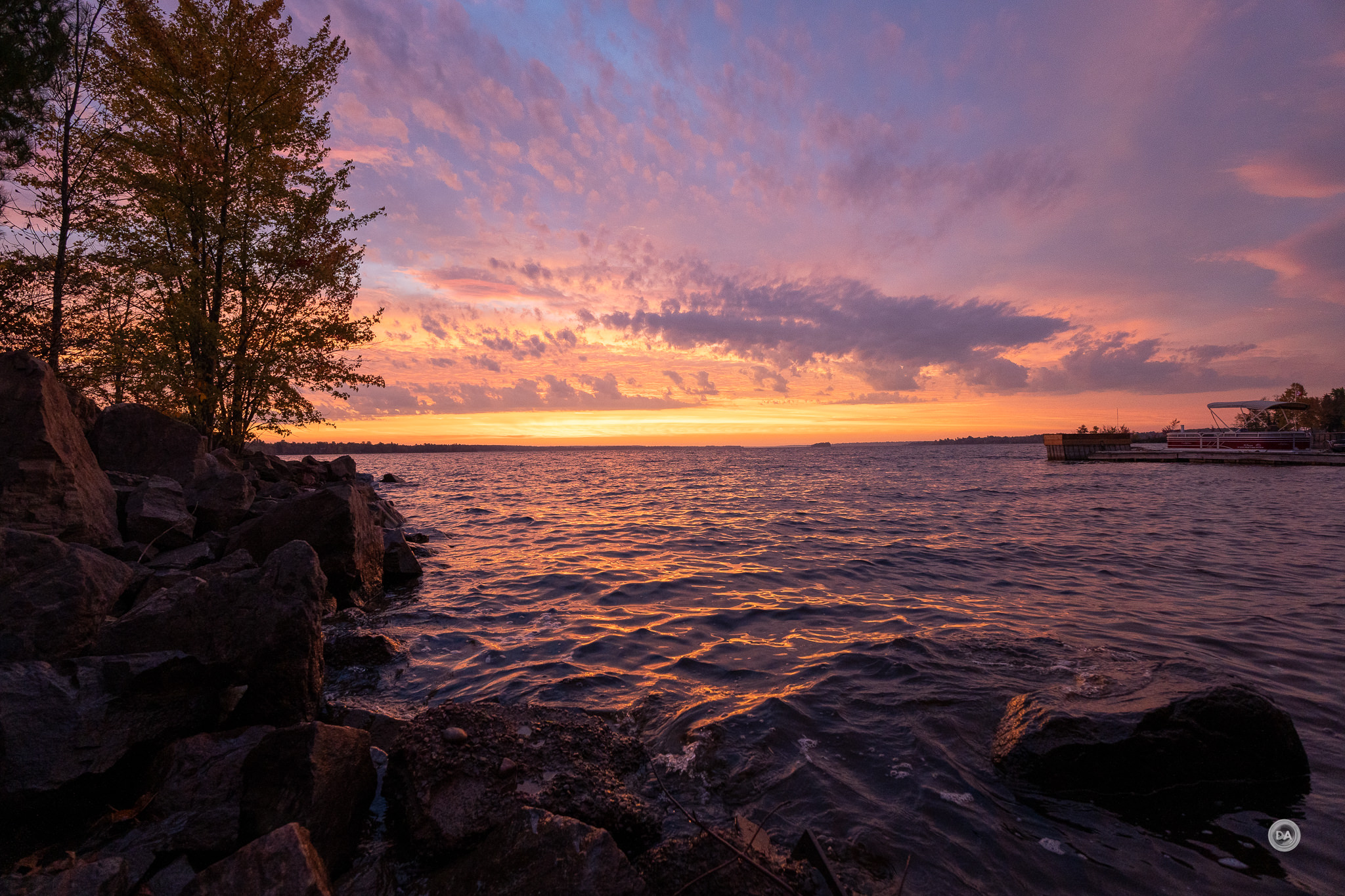
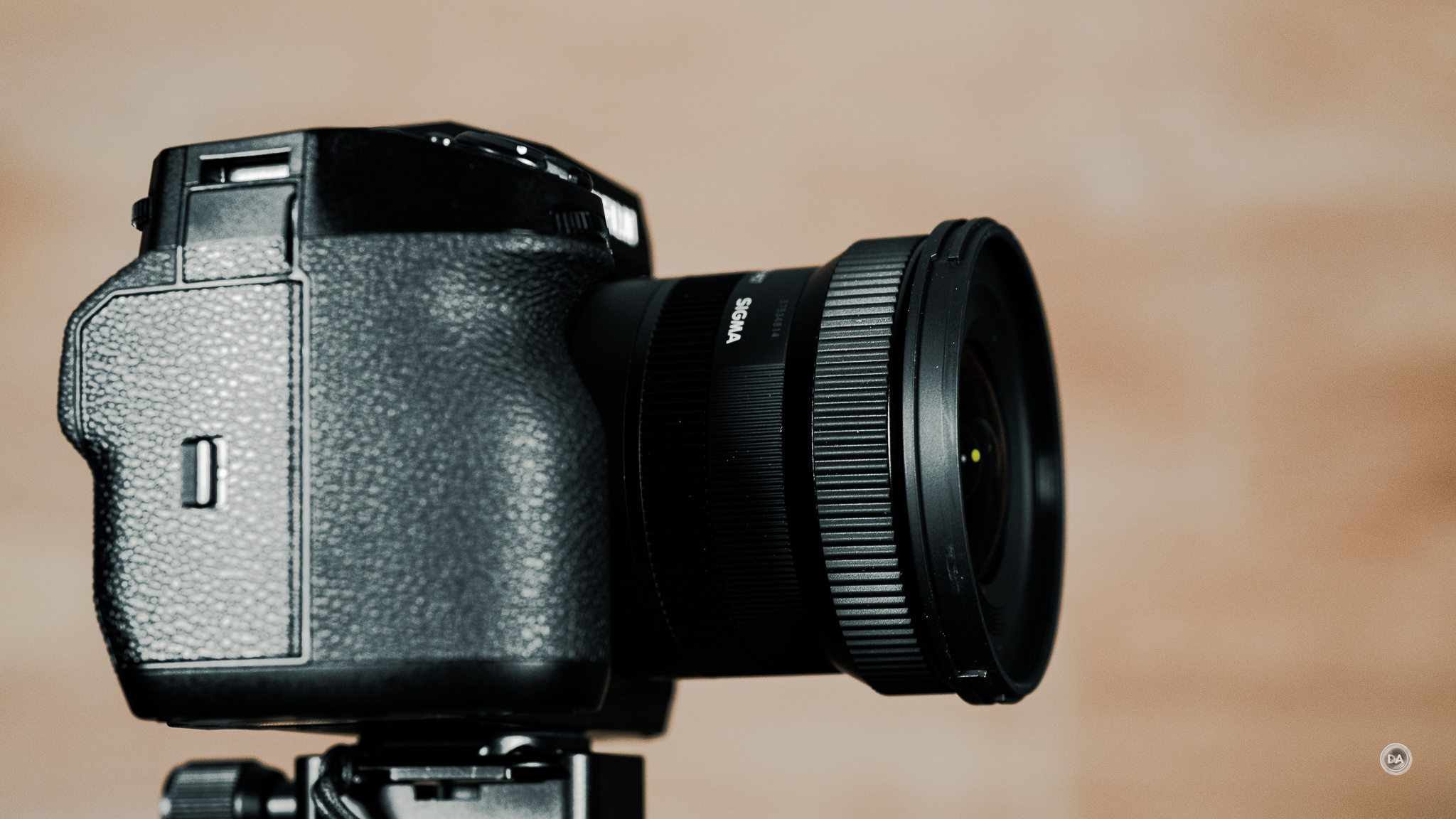

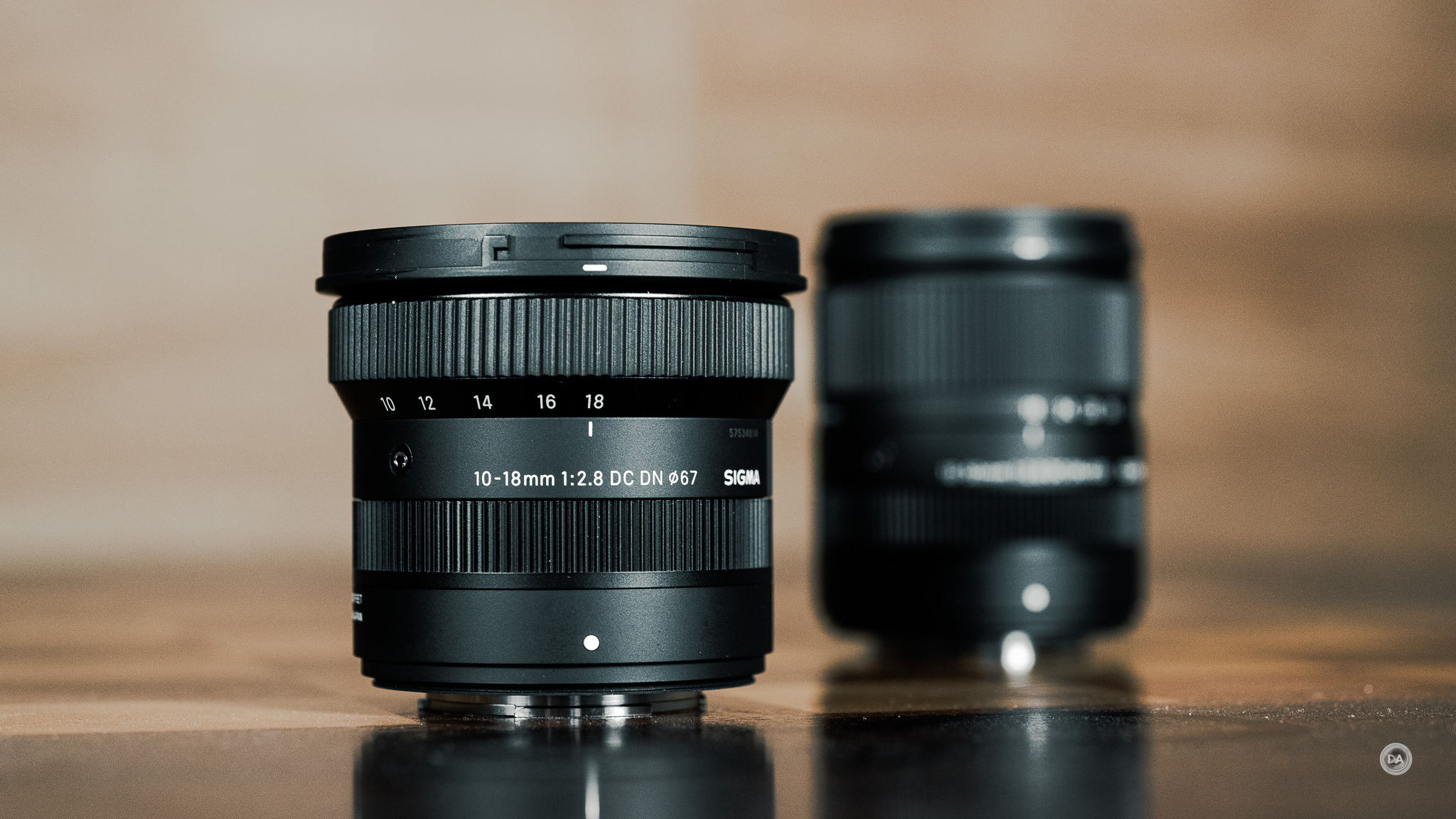
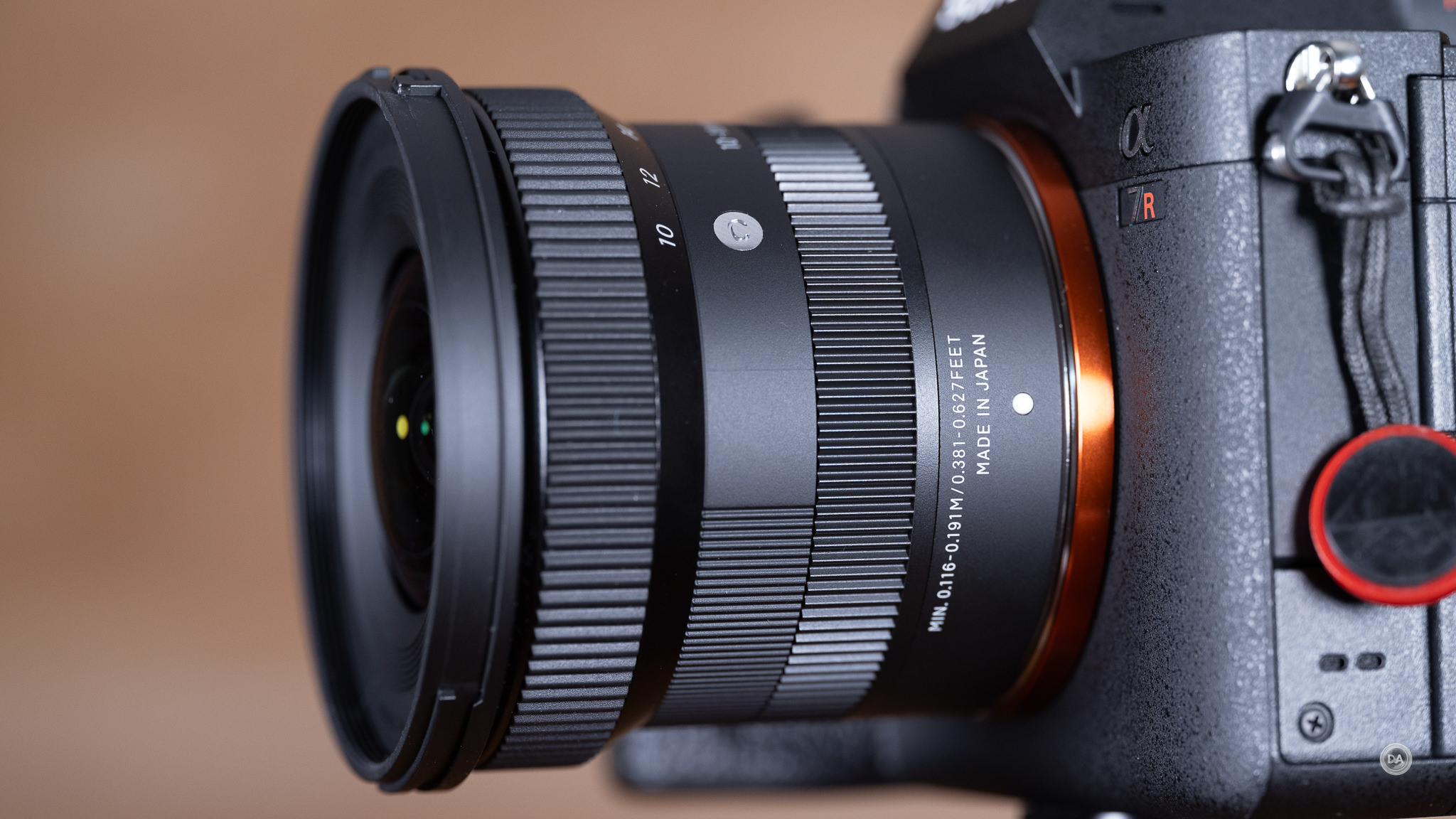
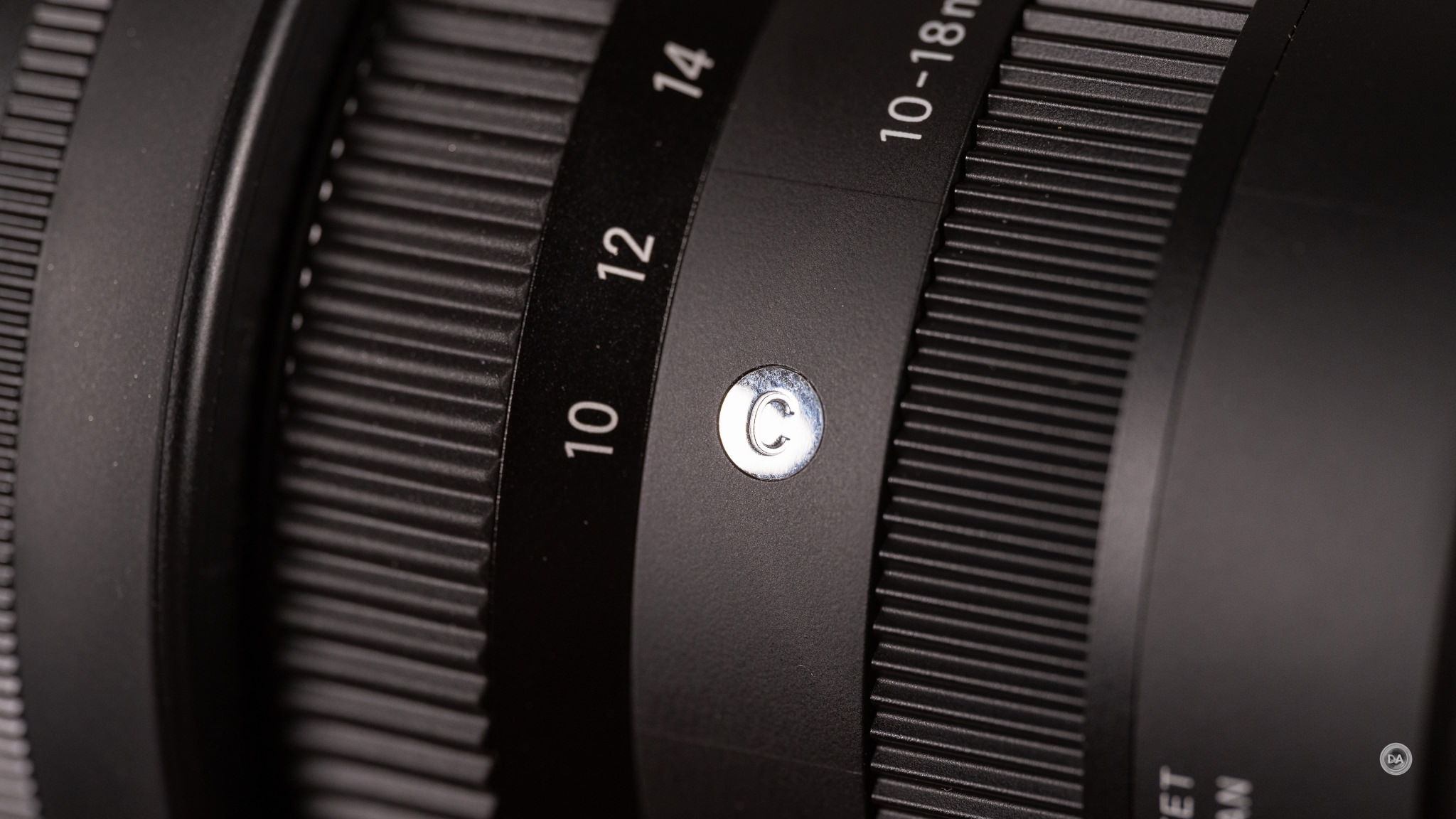
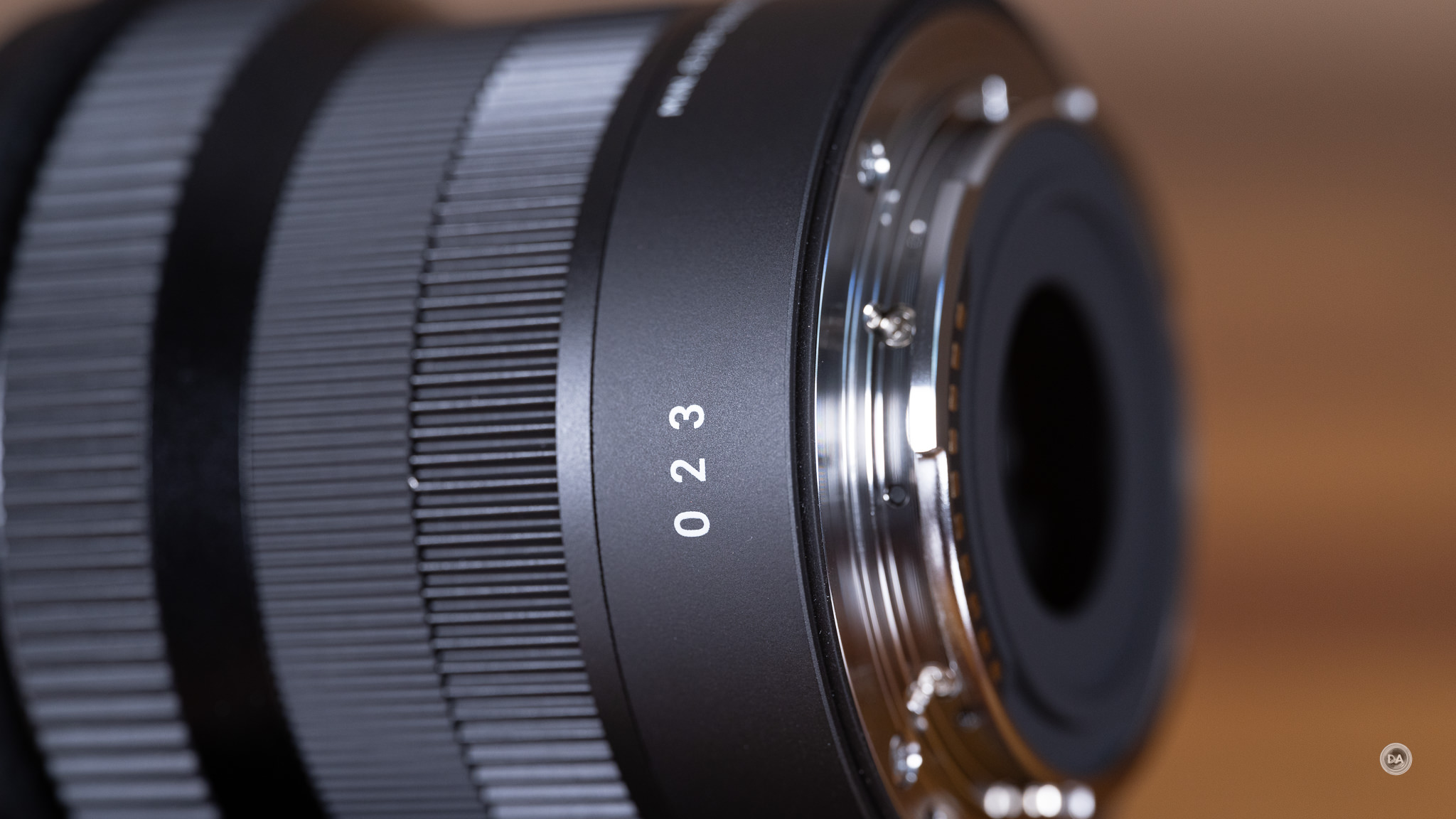
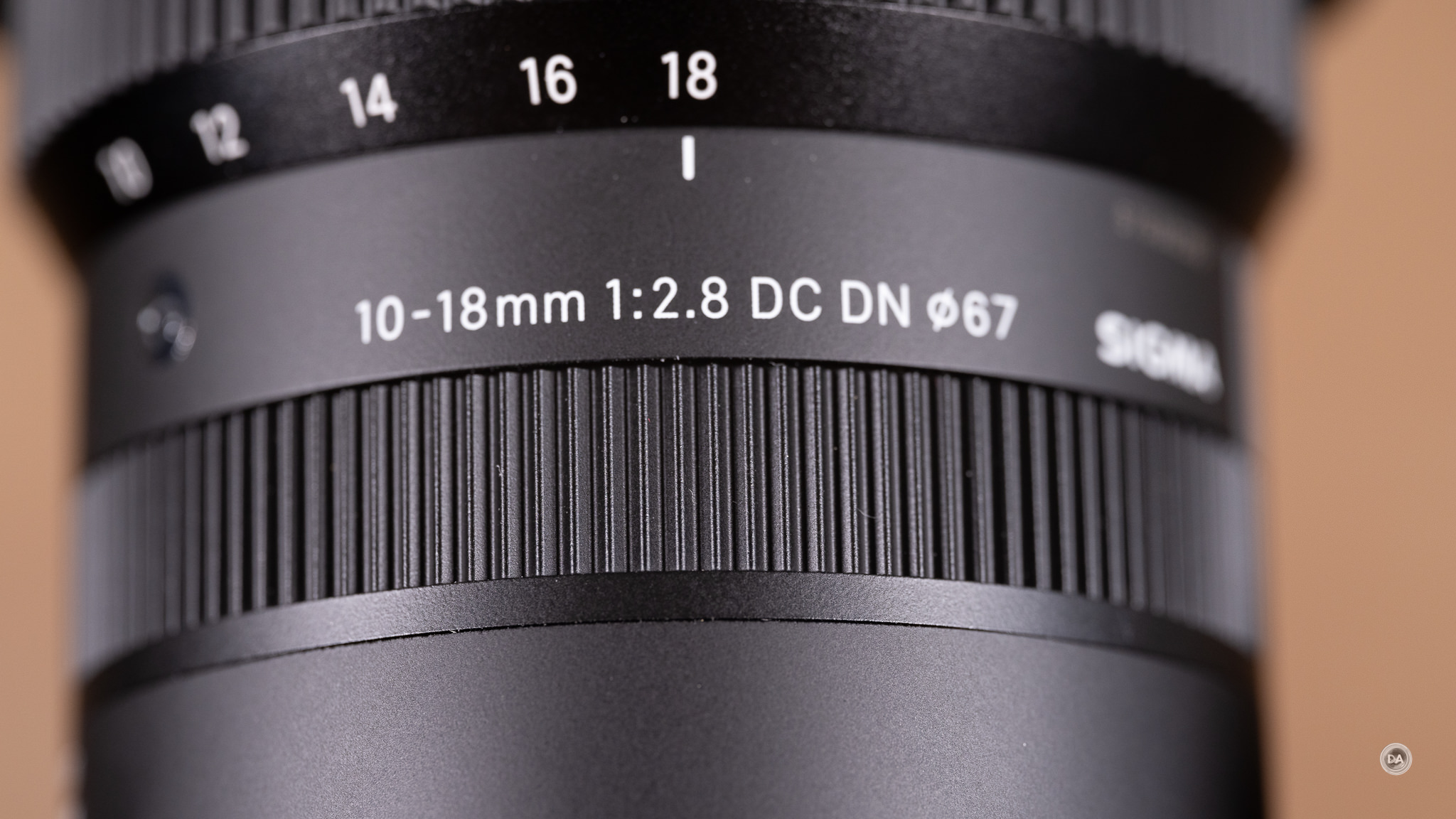
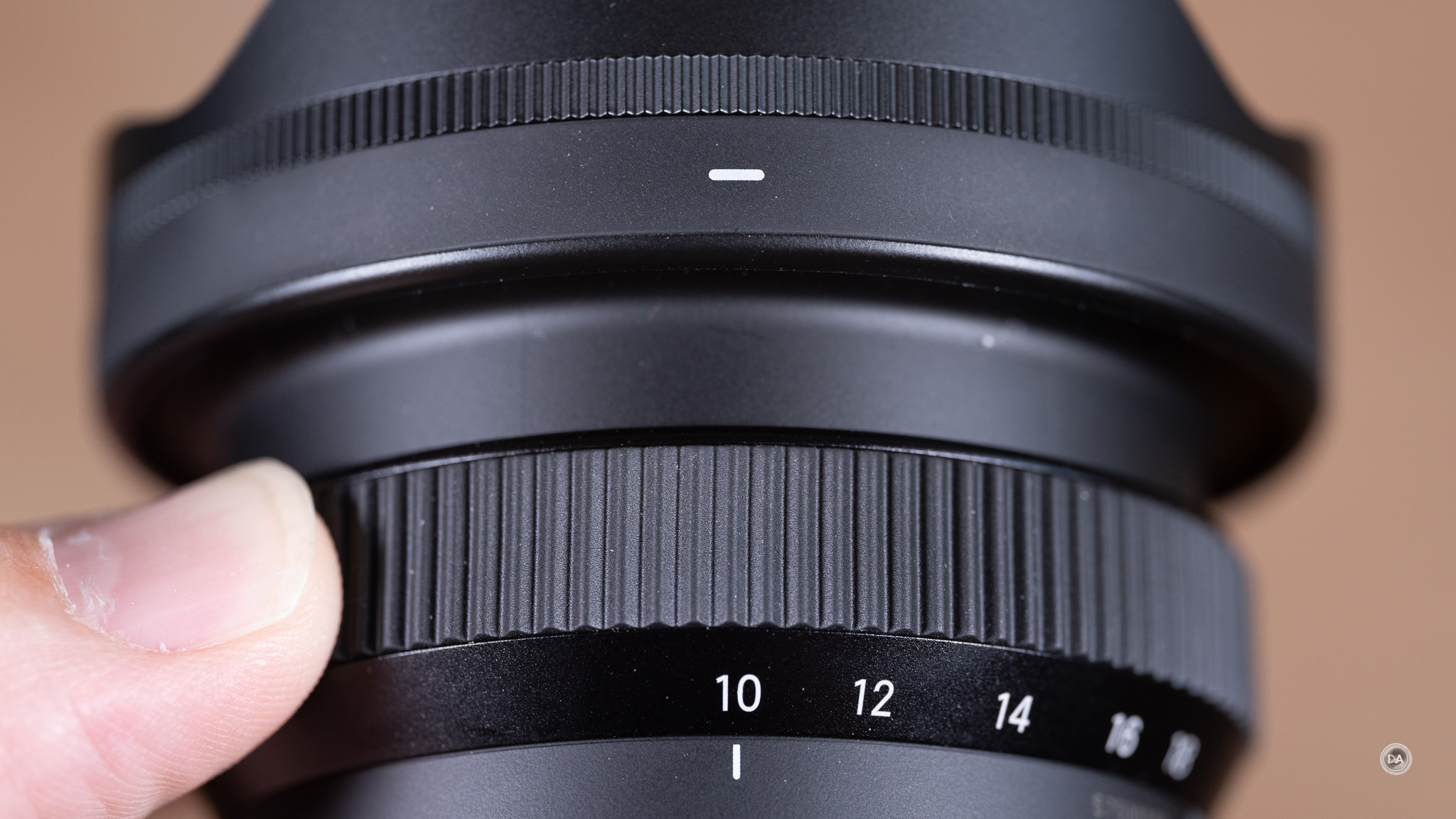
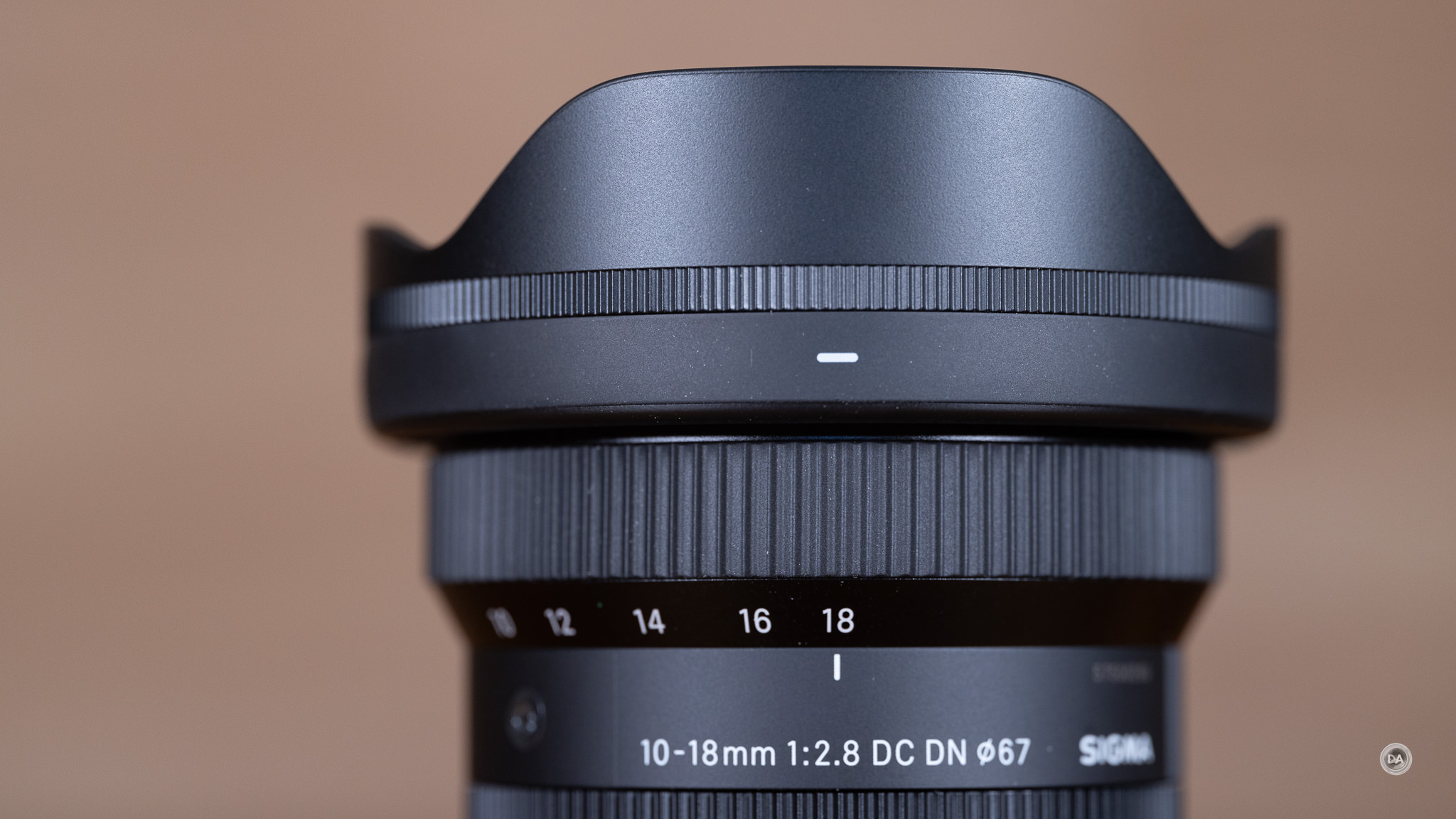
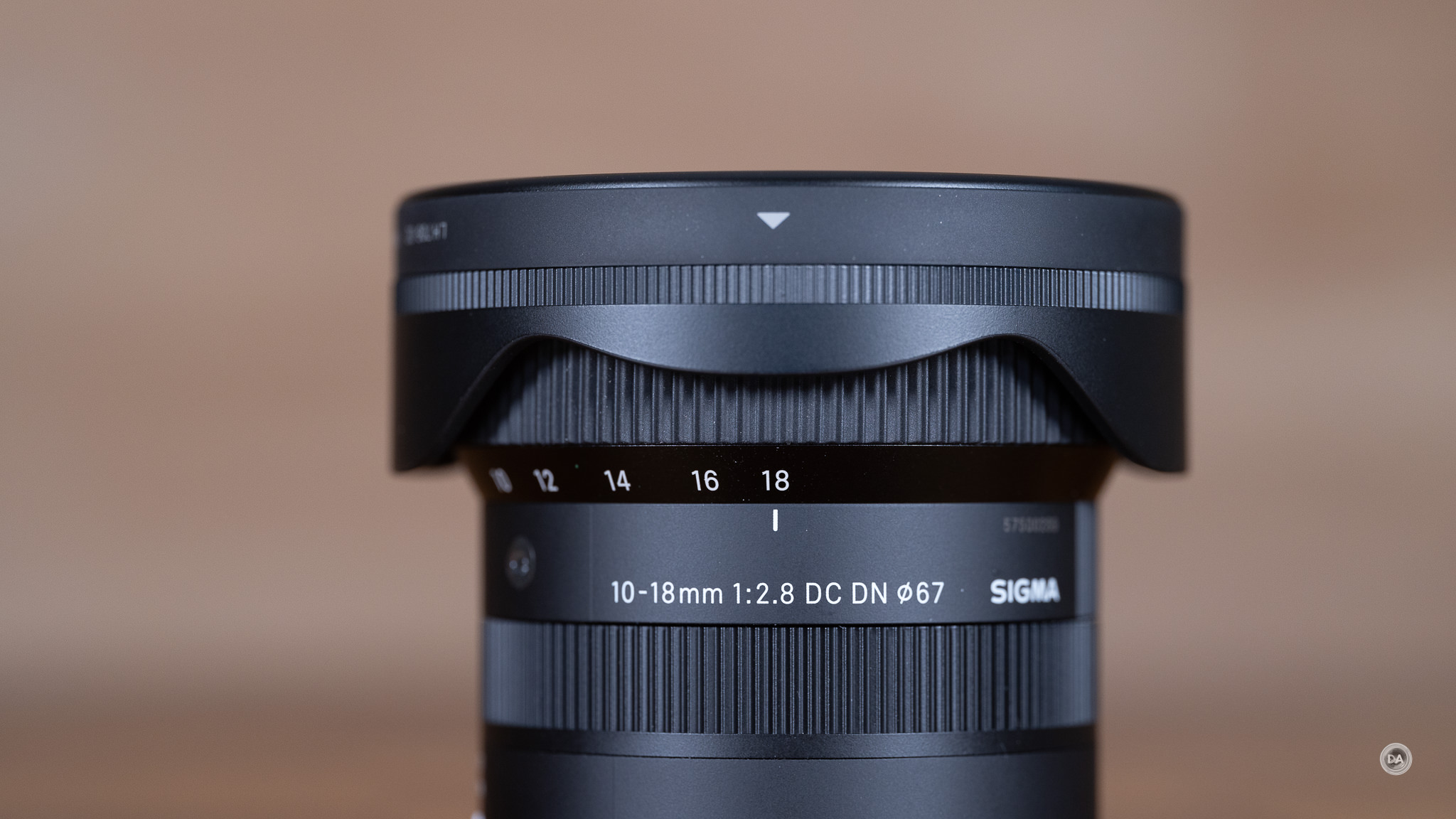





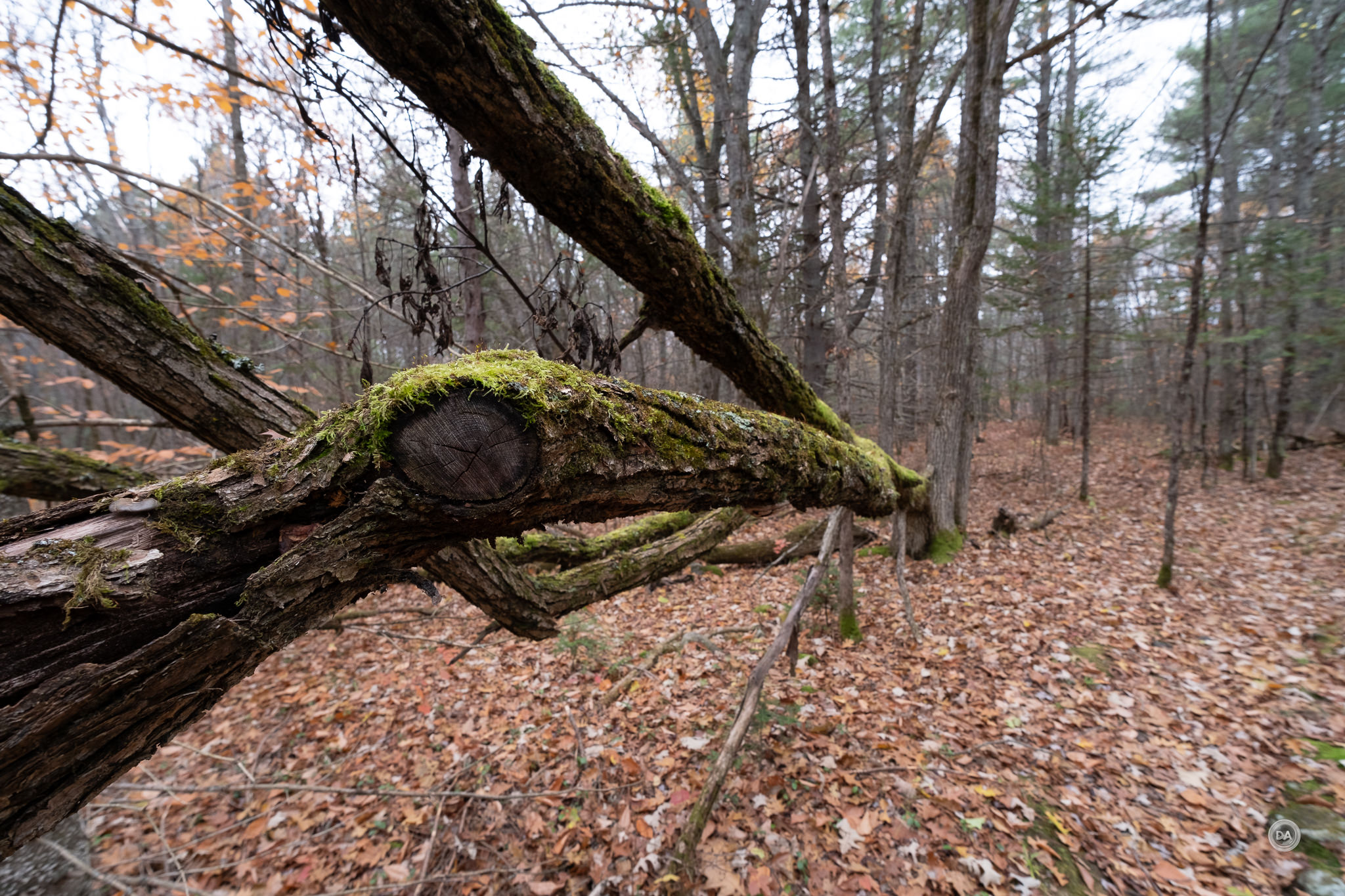
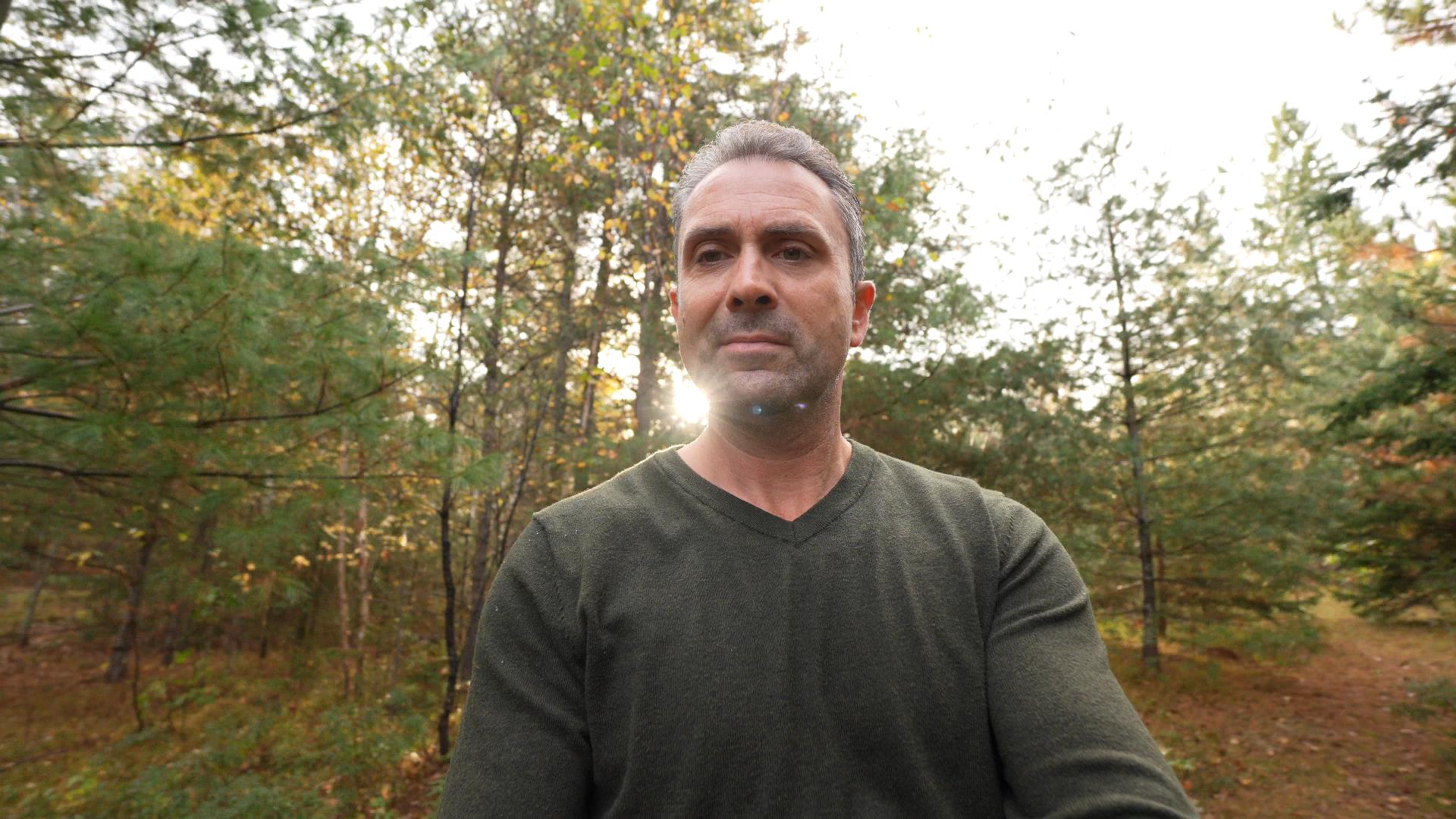

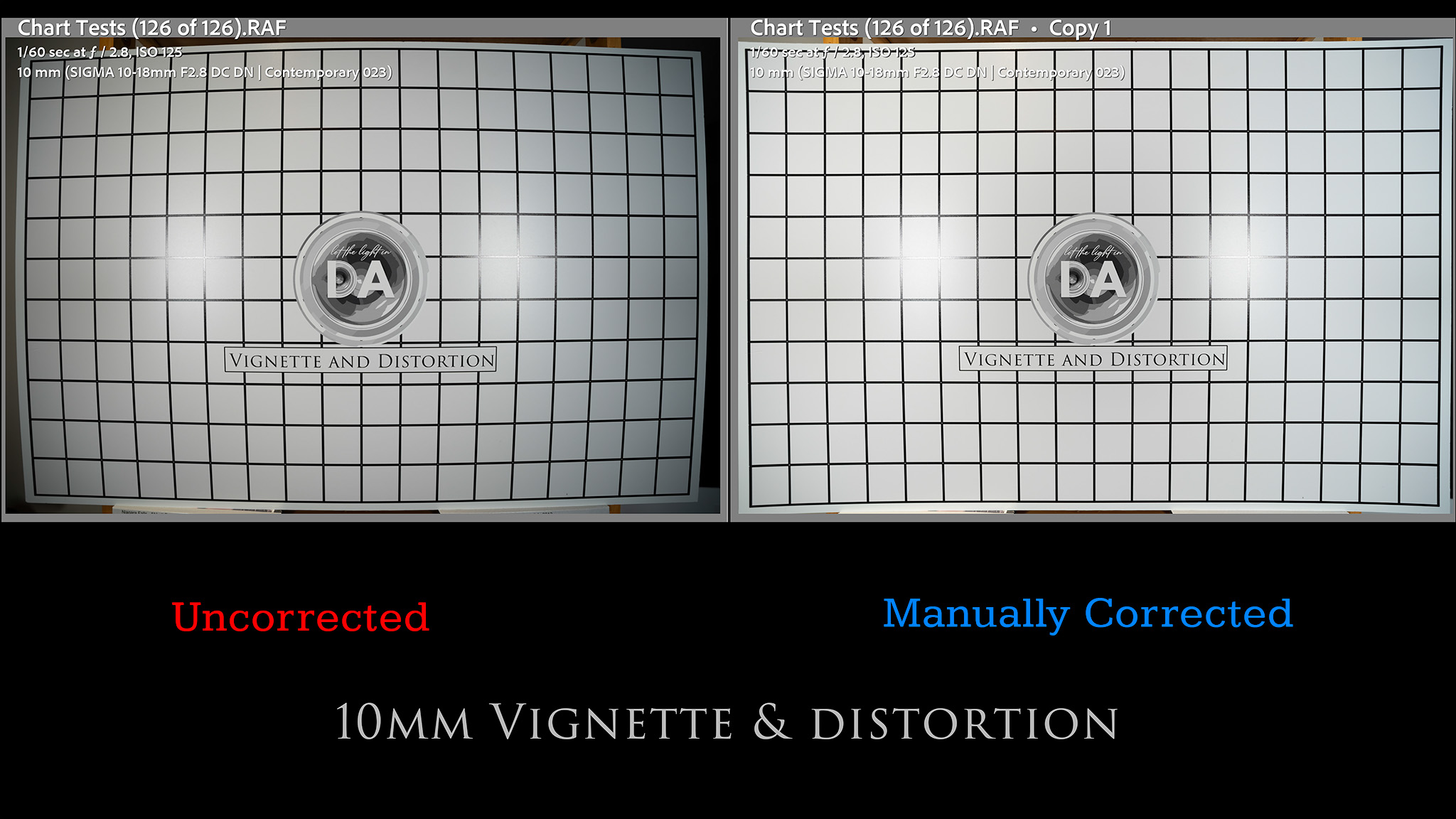
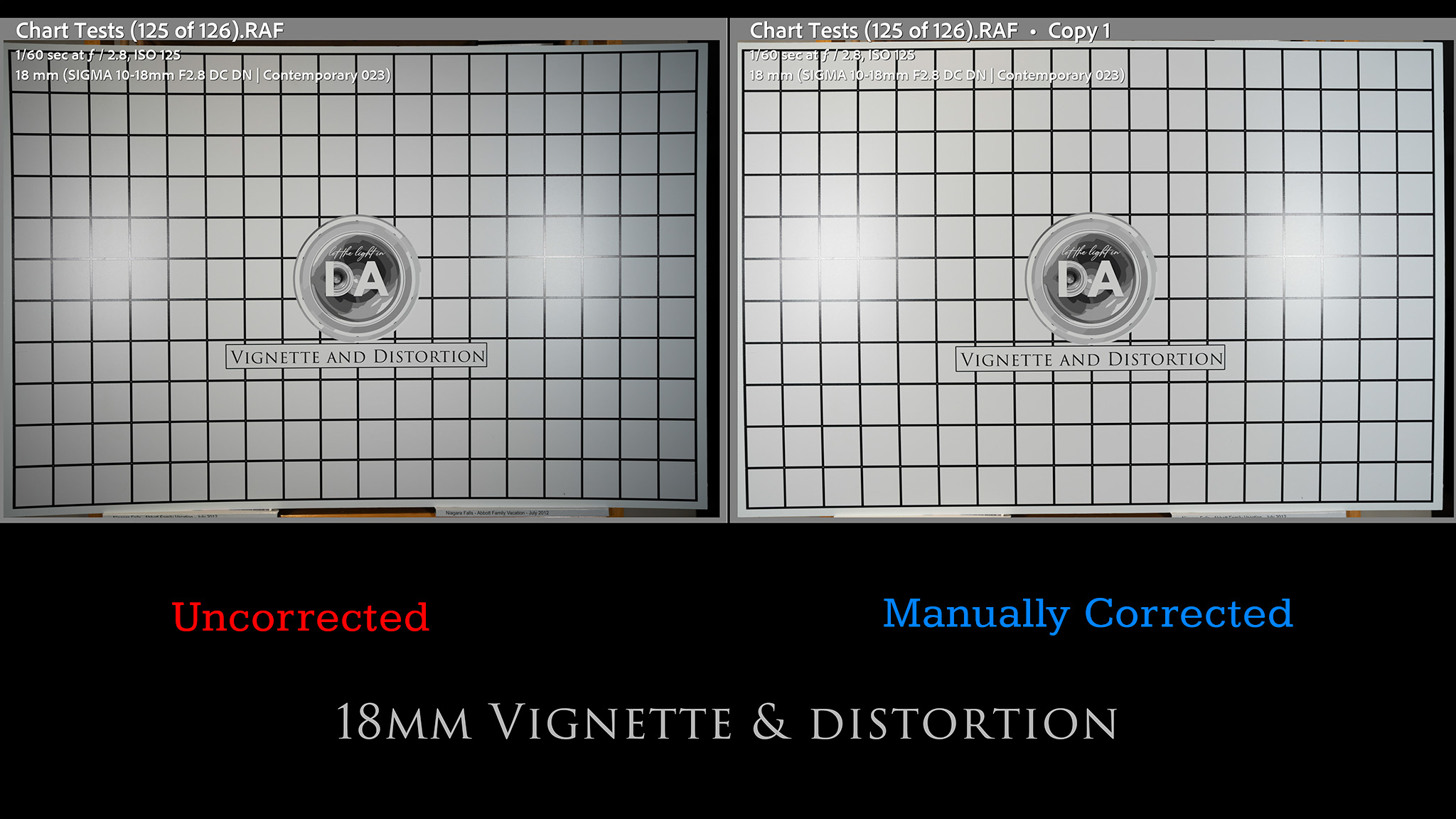
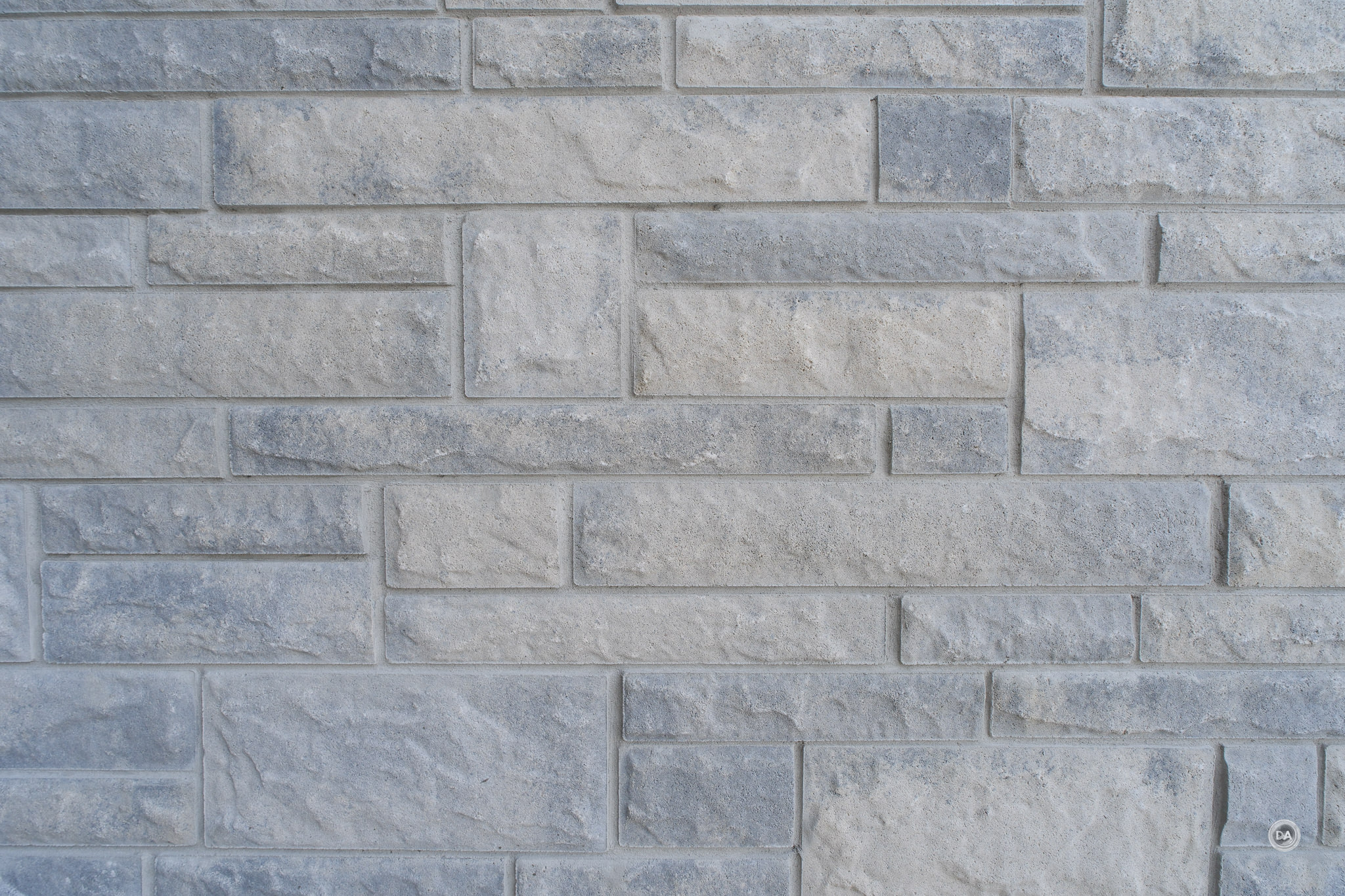
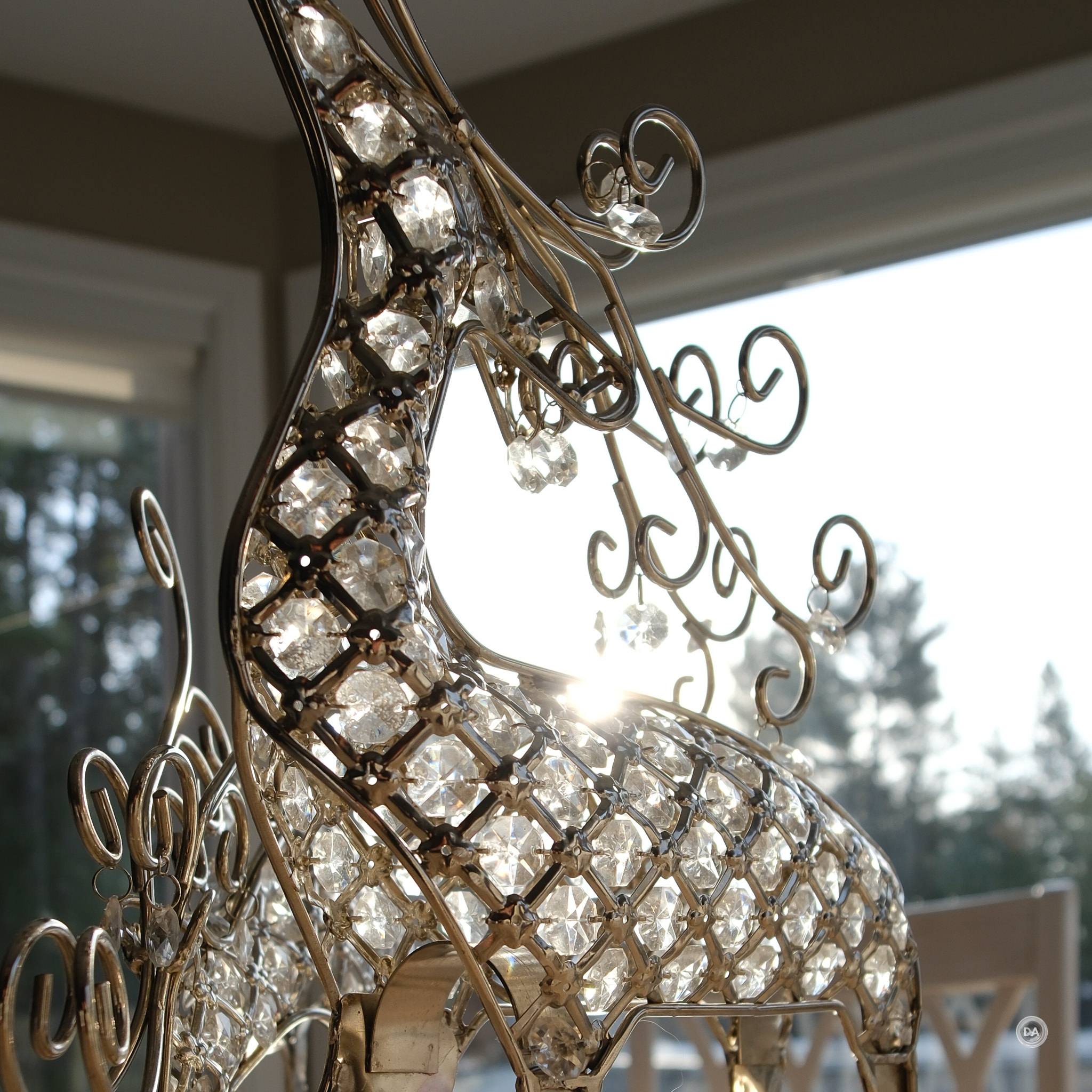
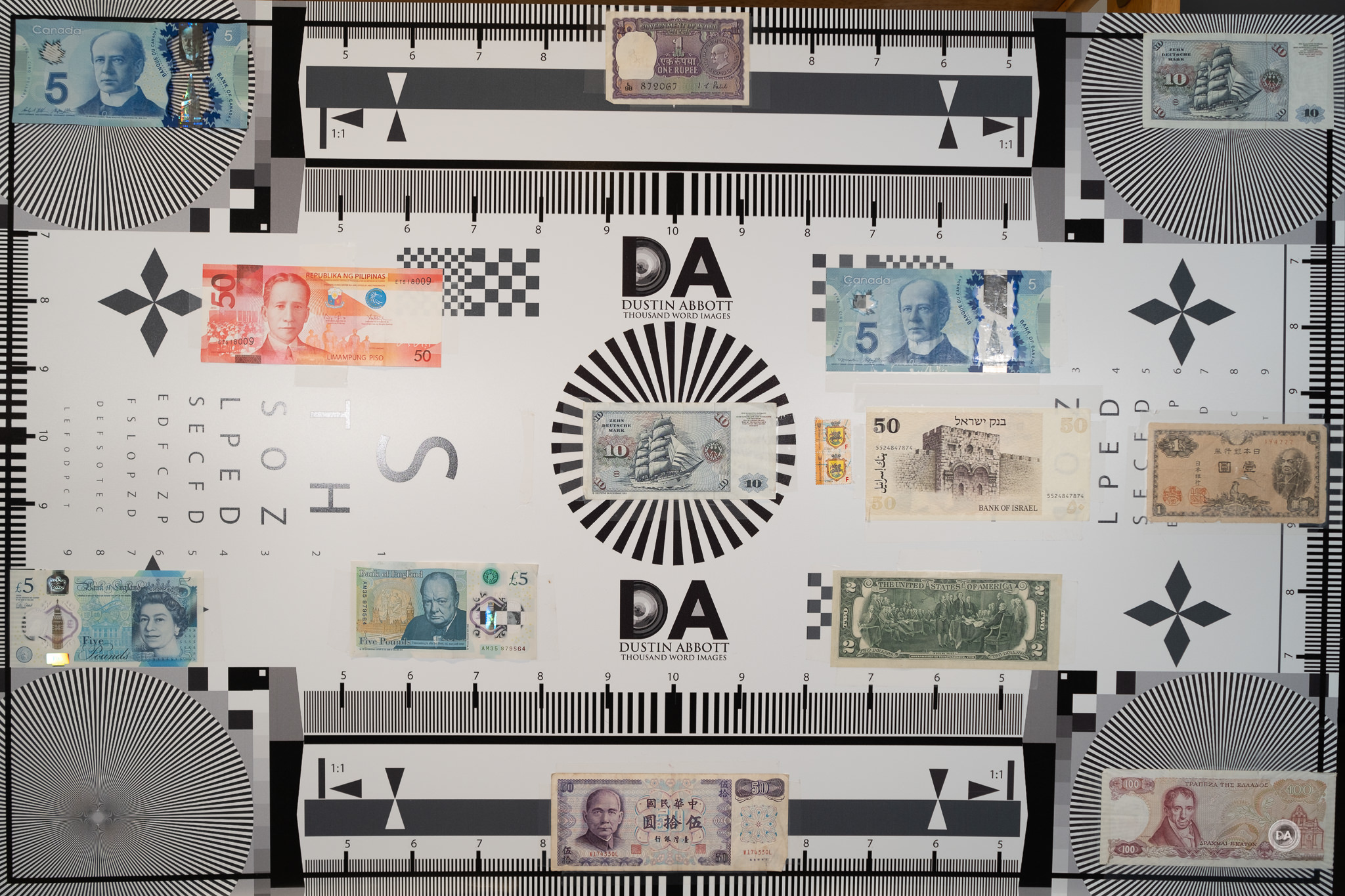
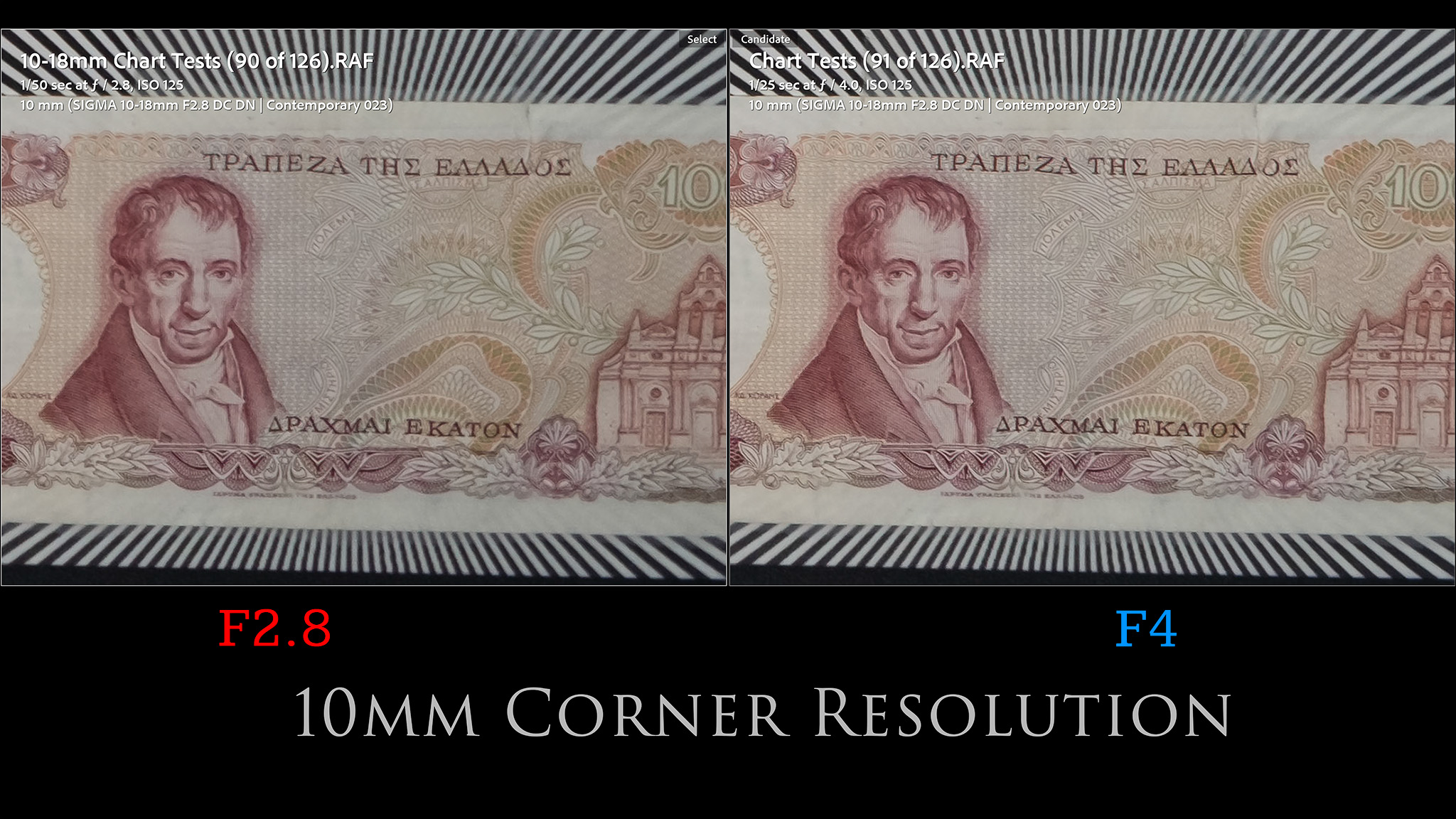
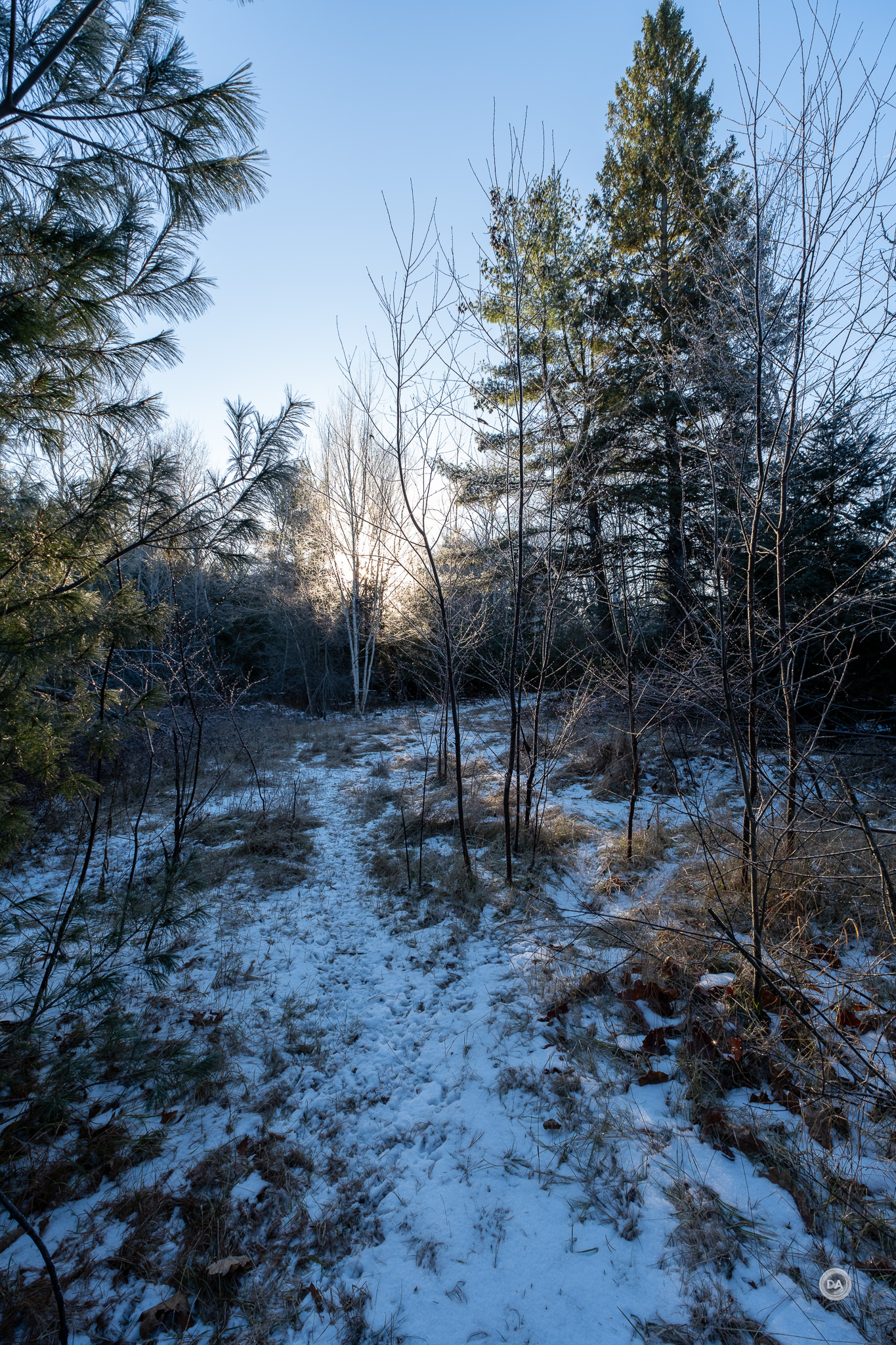
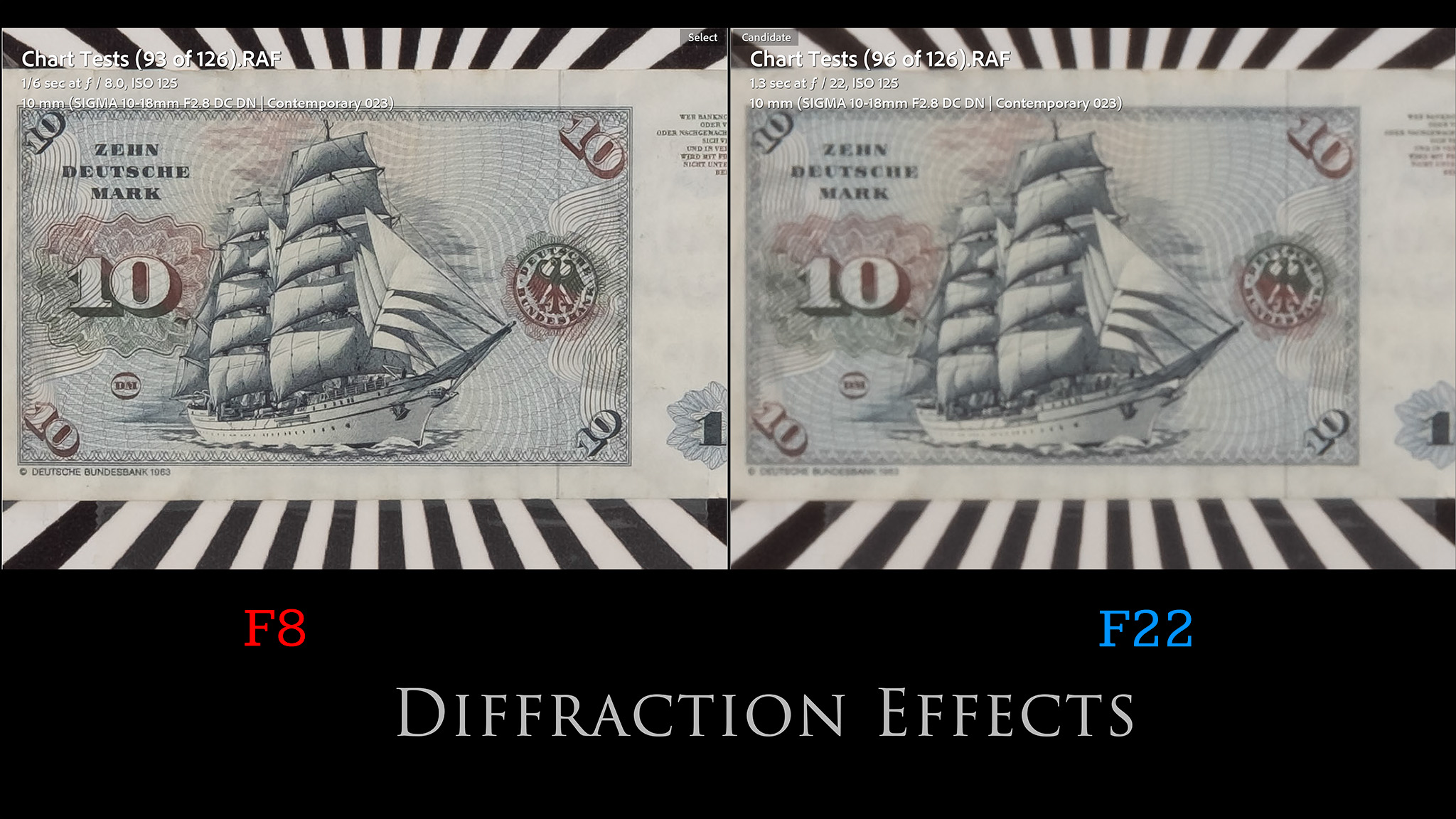
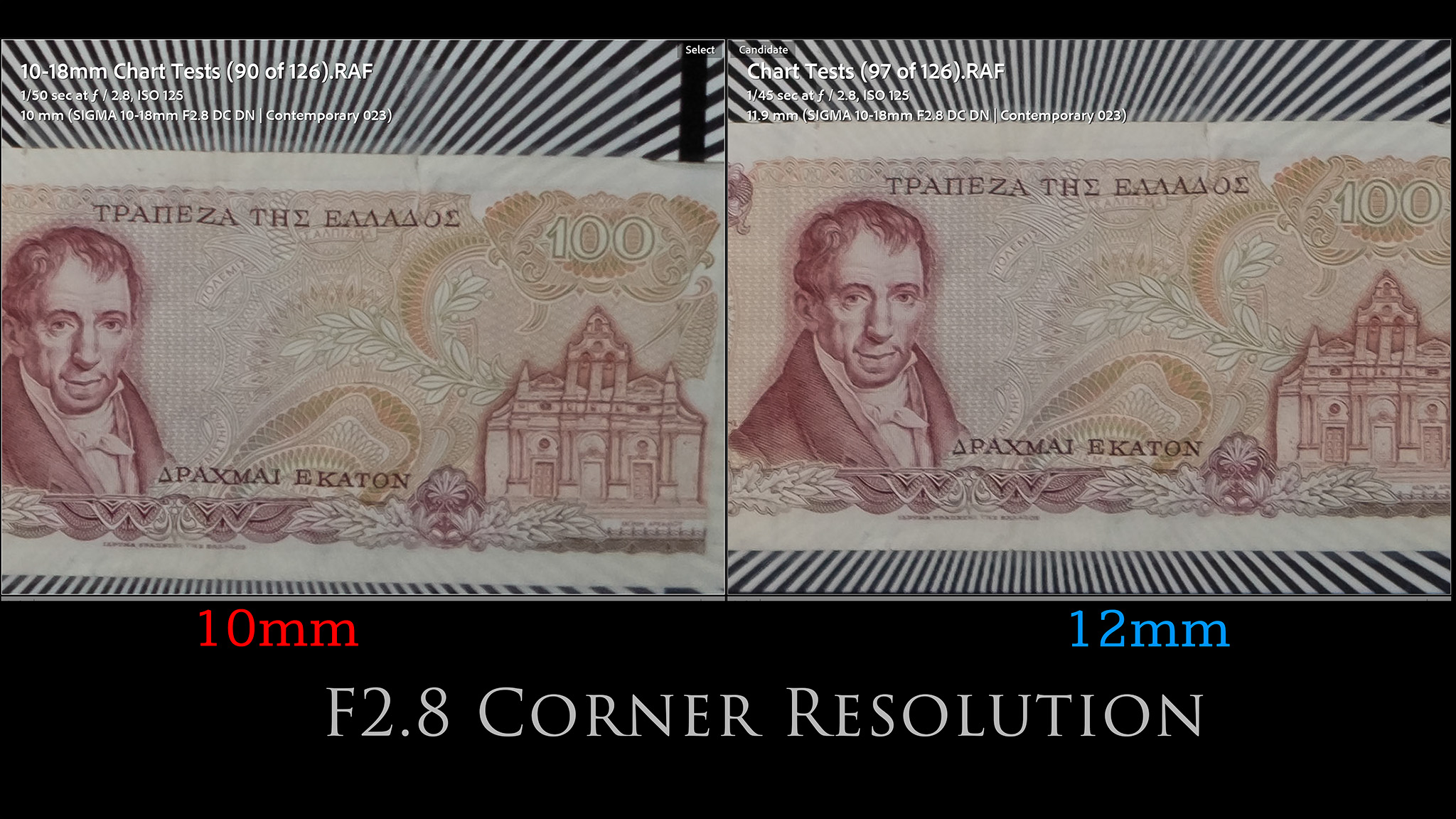
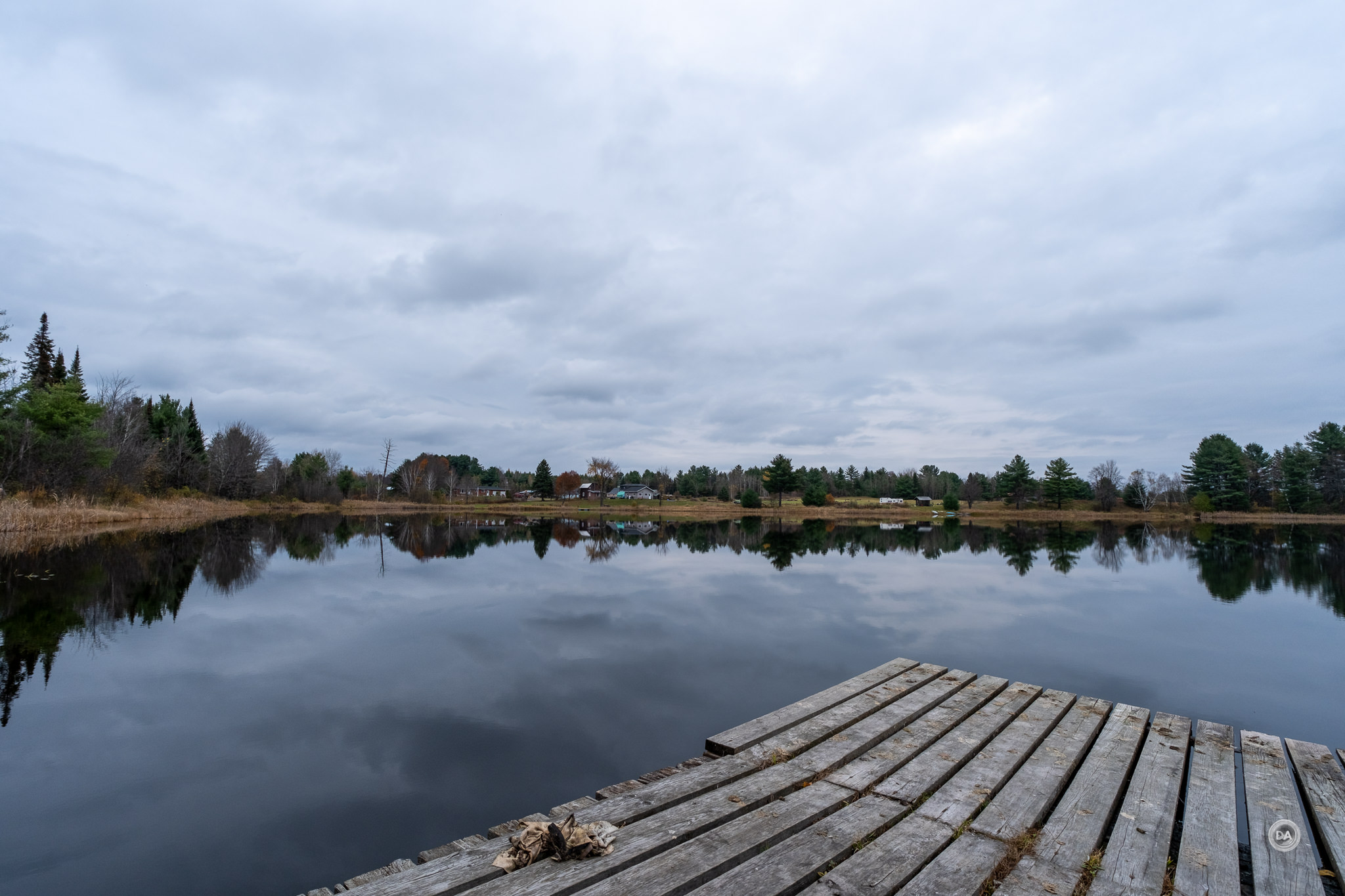
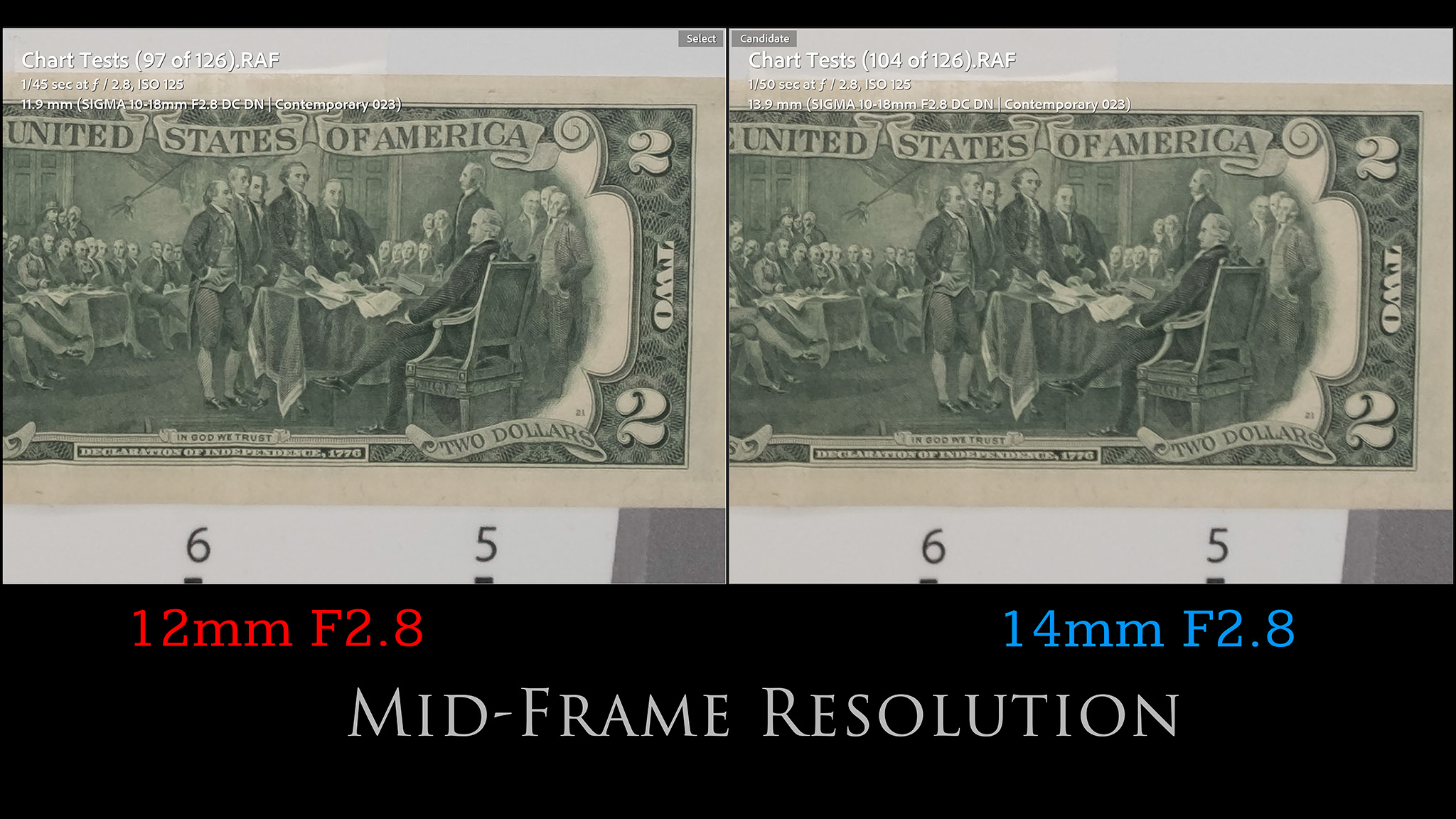
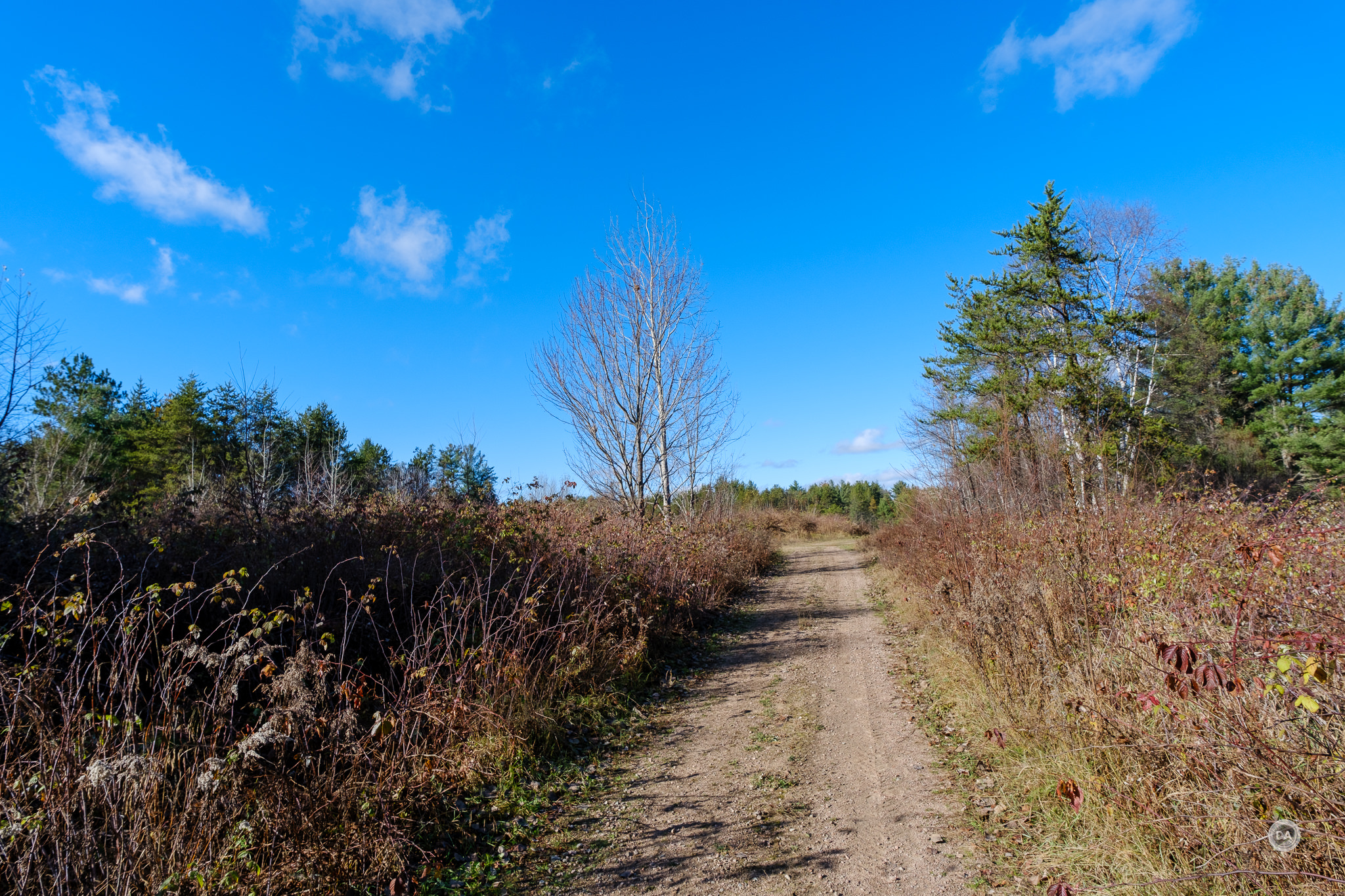
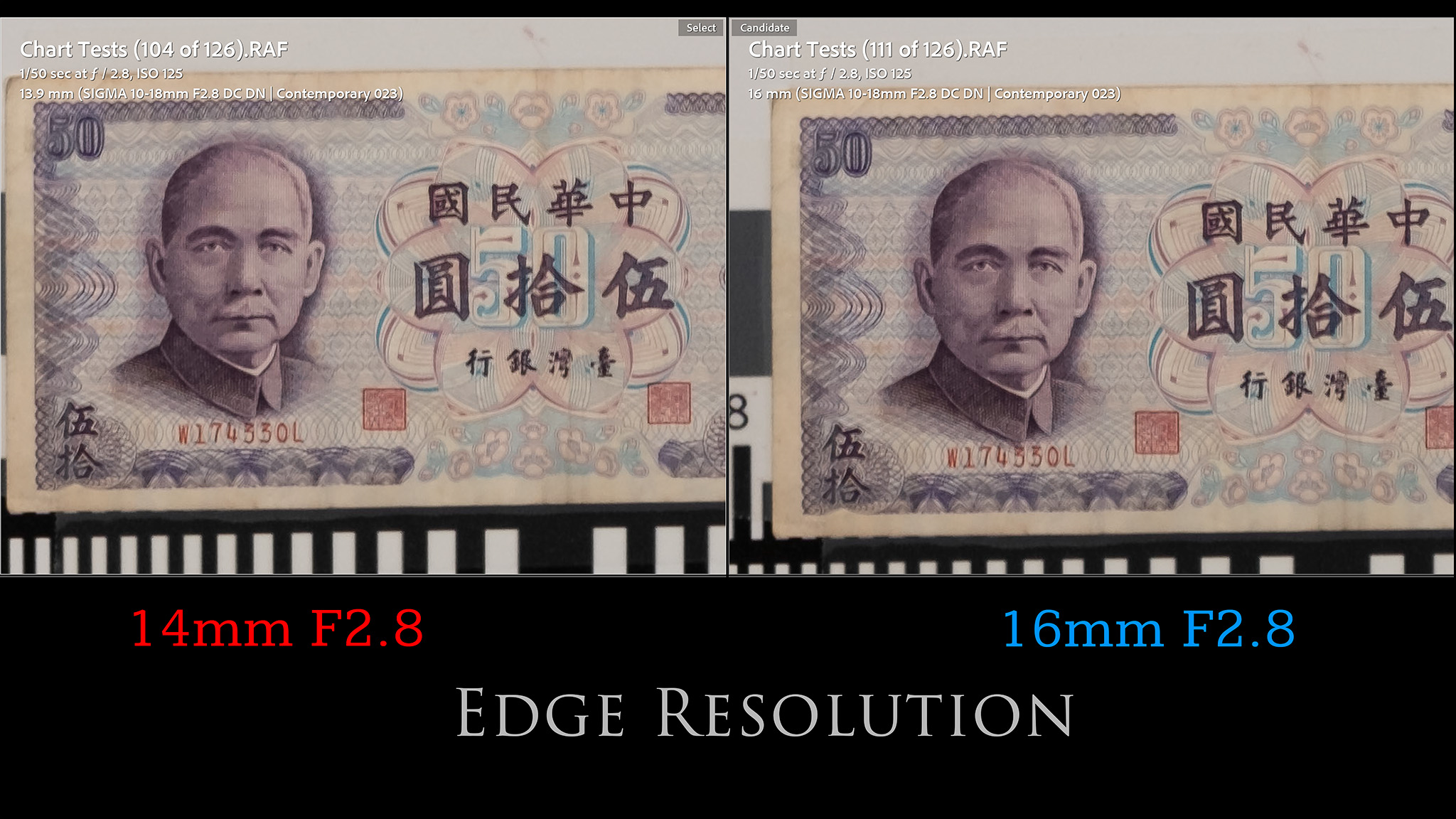
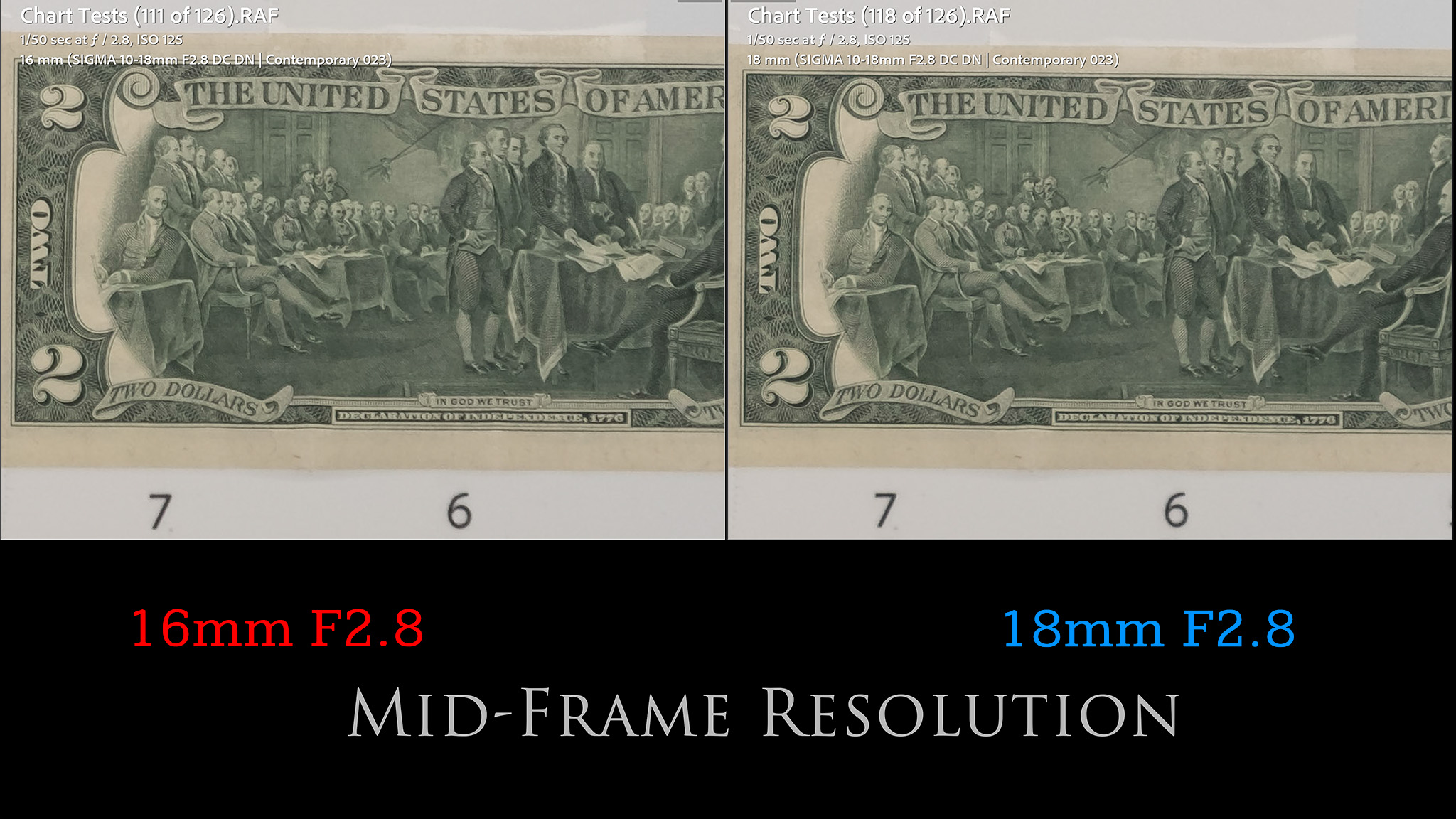
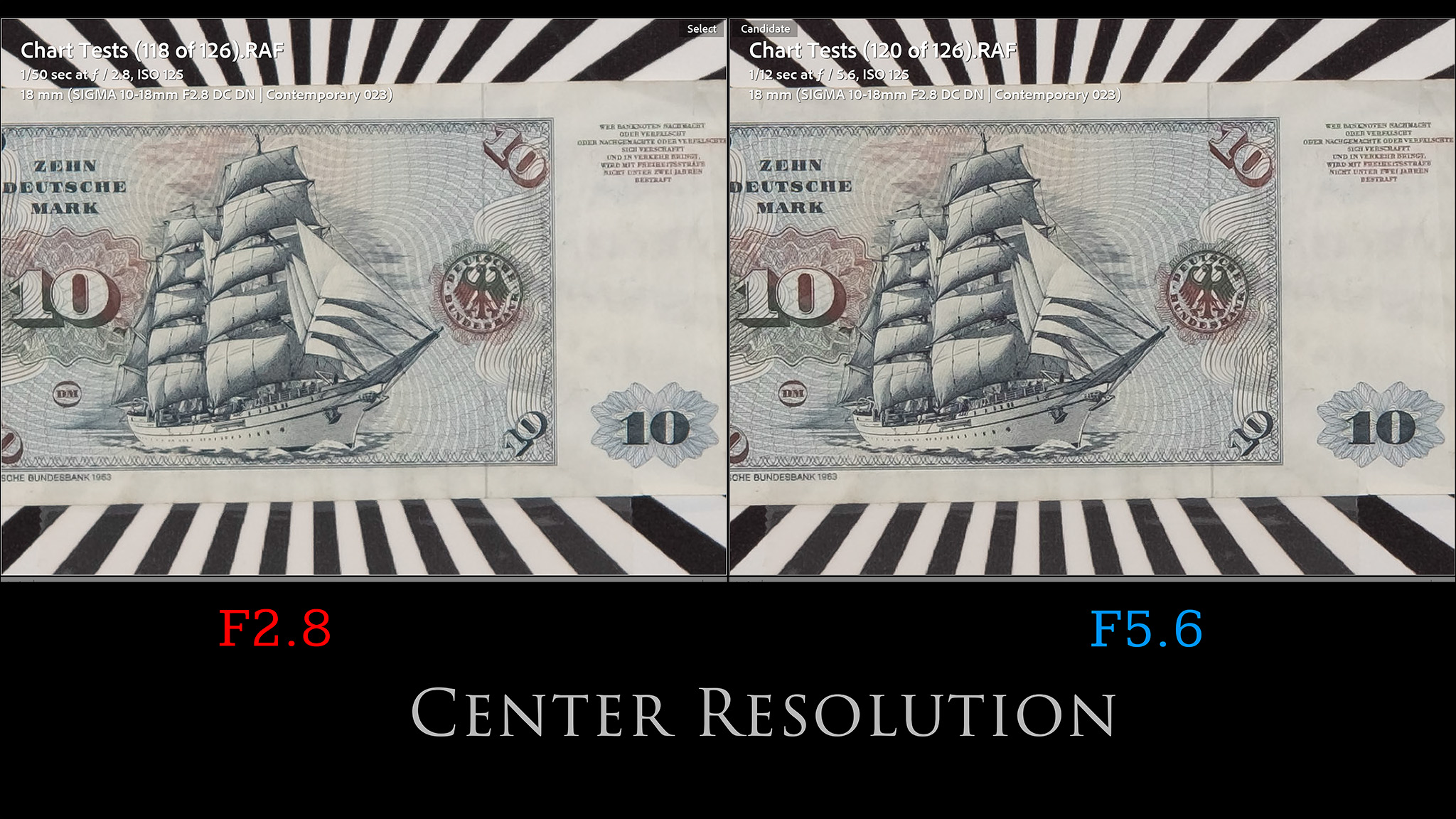


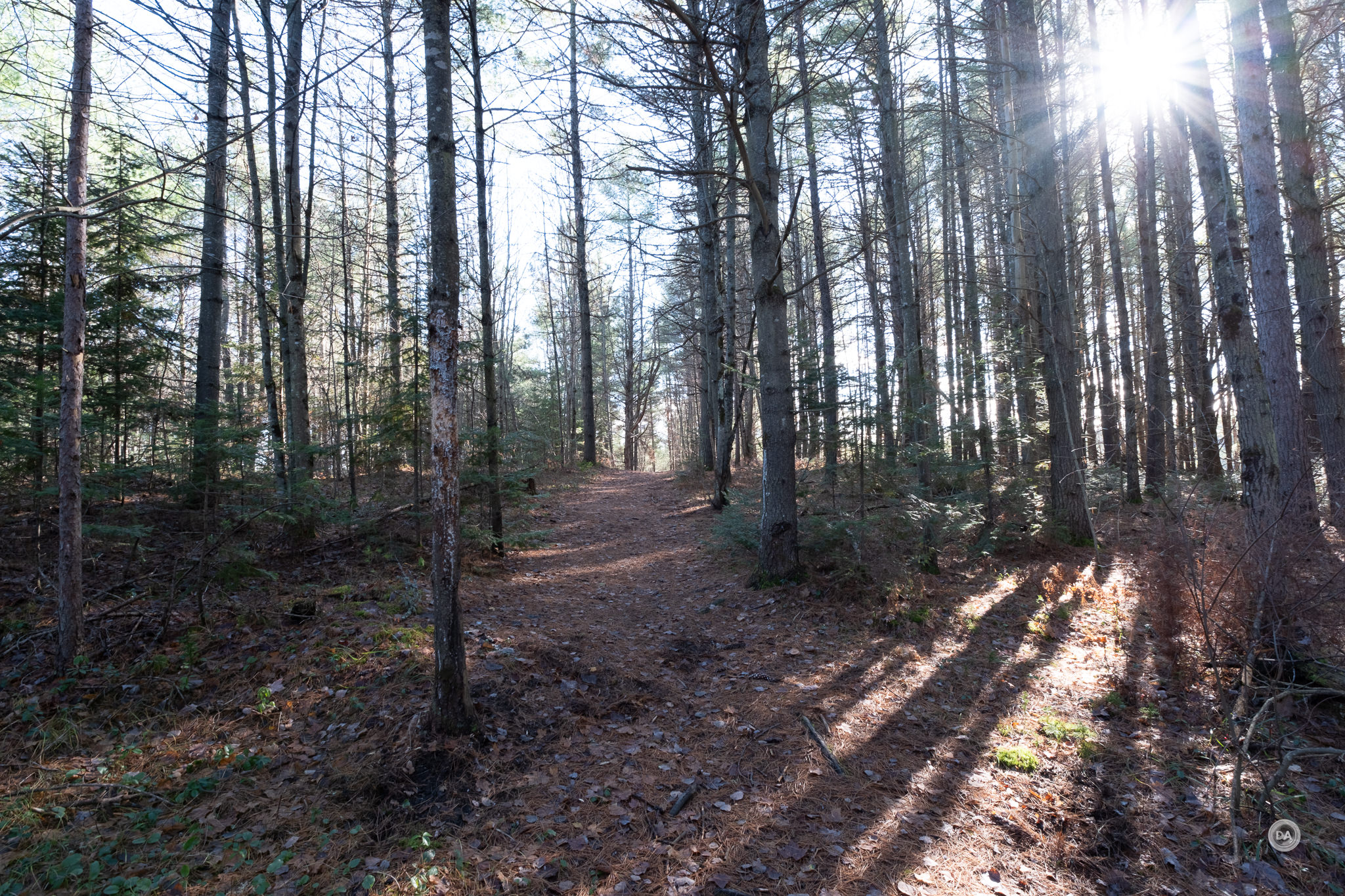
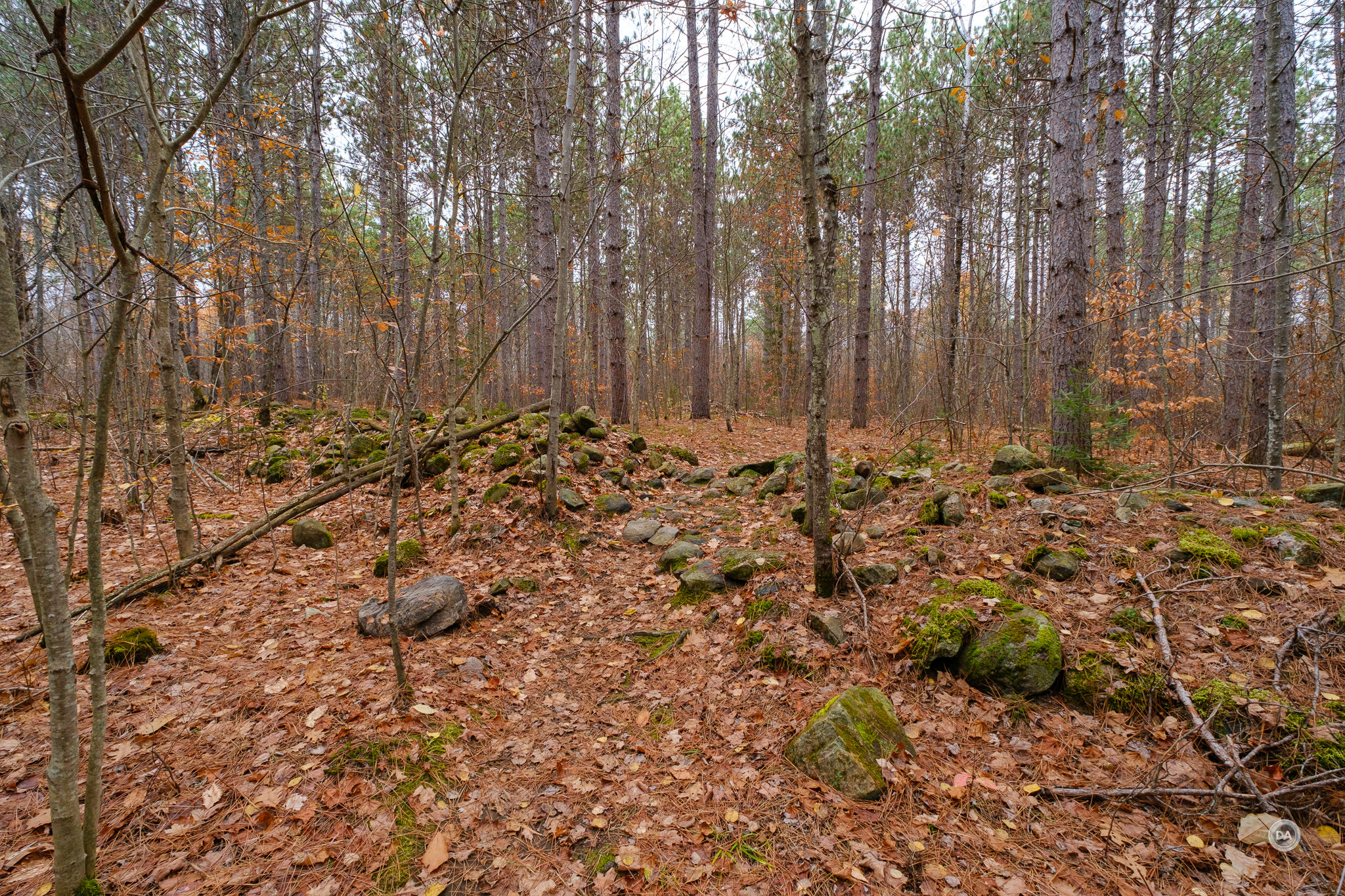

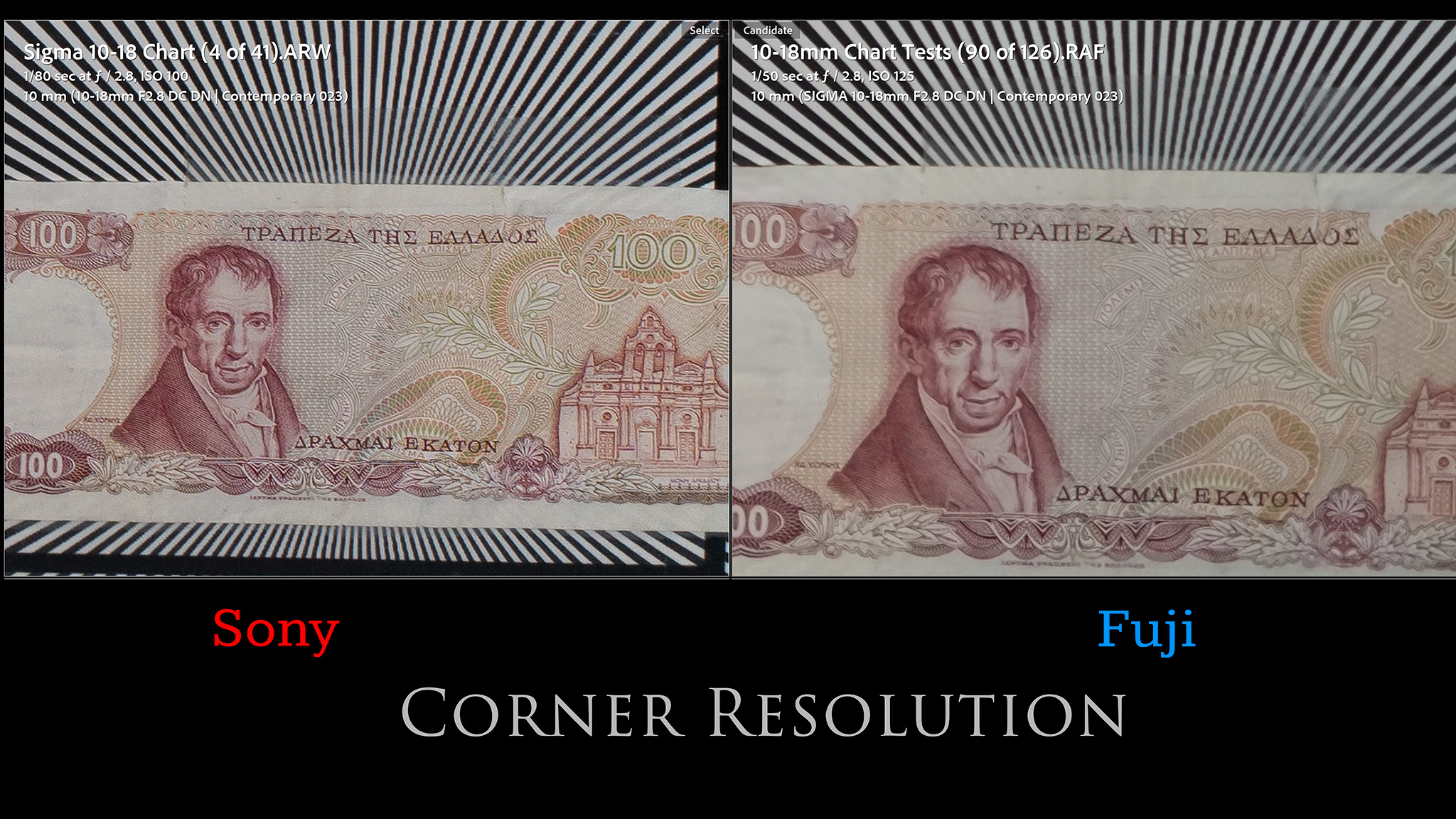
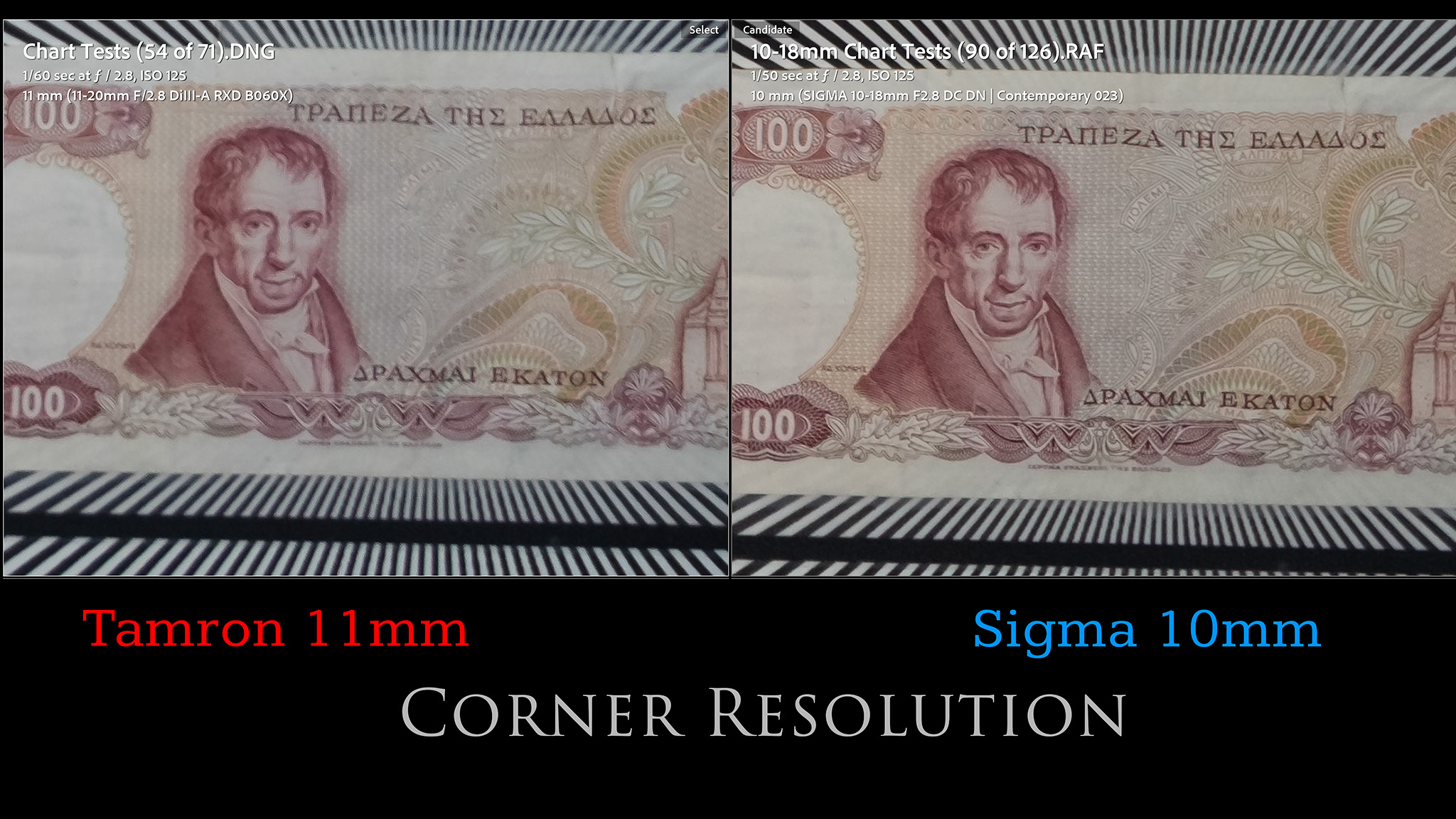
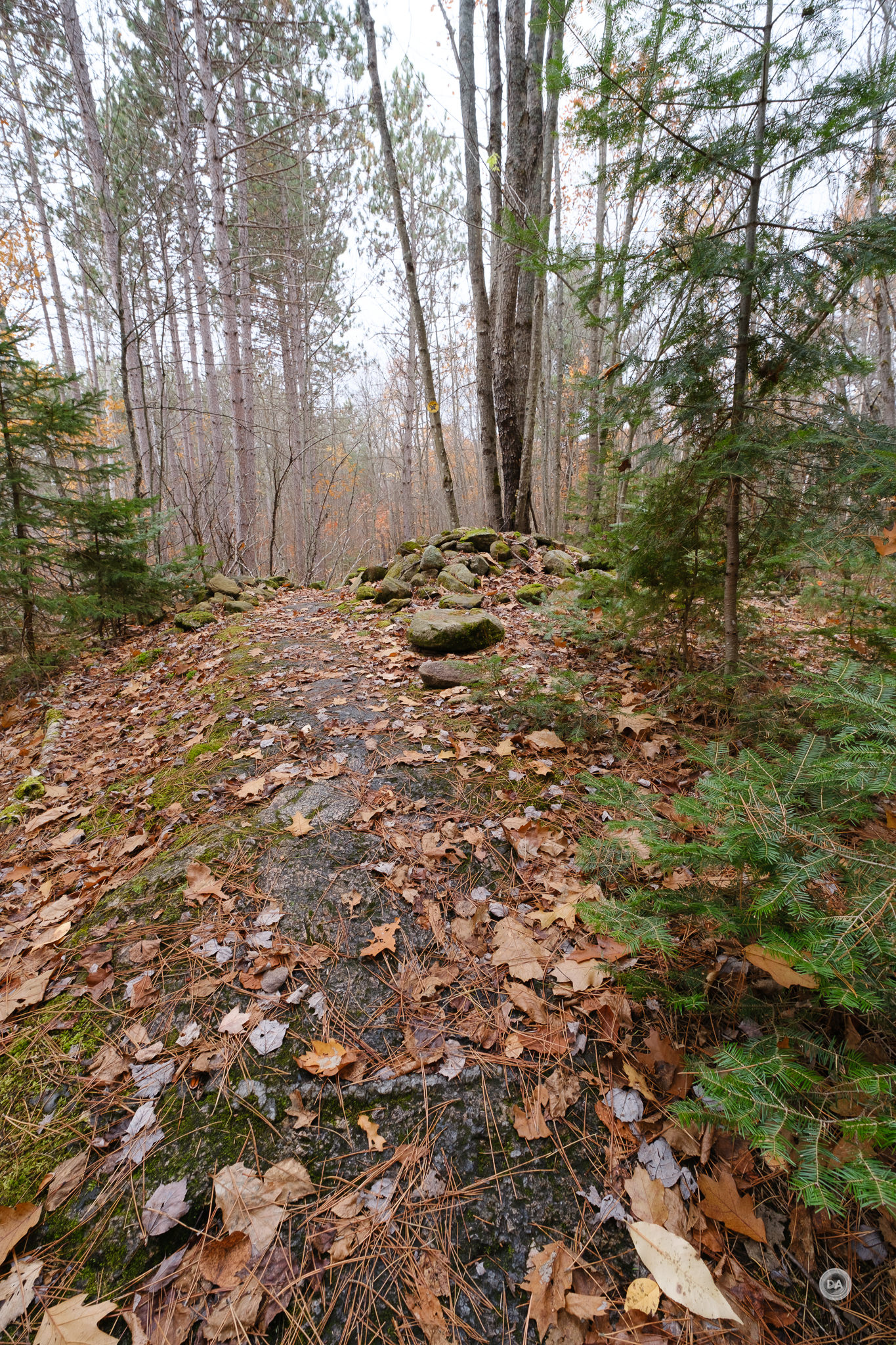
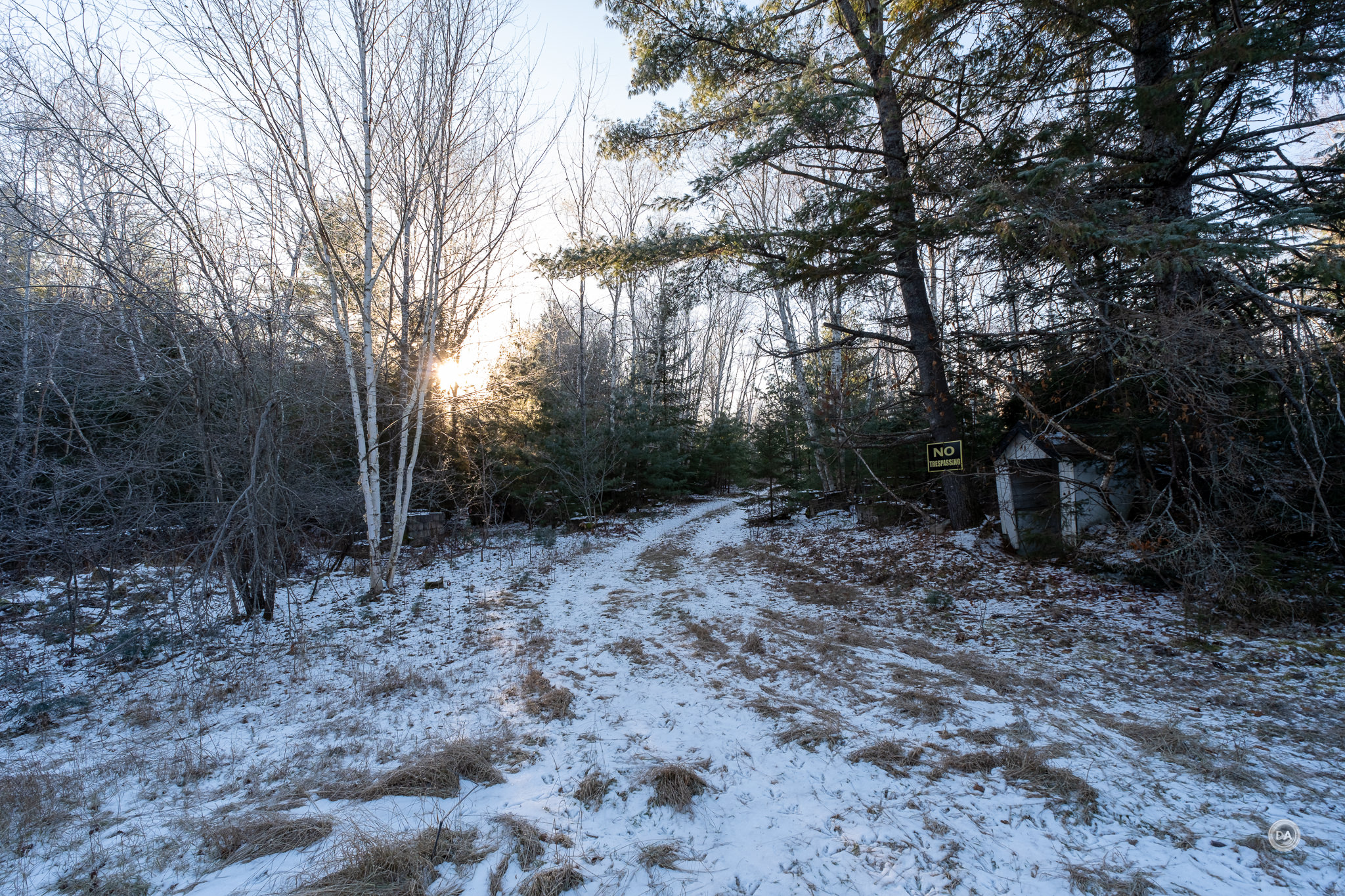



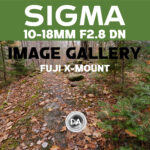
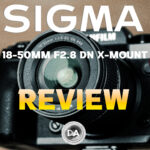
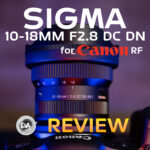

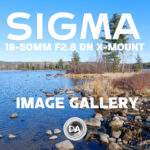


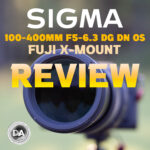
[…] When I reviewed the Sigma 10-18mm F2.8 DN a few months ago I expressed an interest in revisiting it on Fuji. Fuji’s cameras with the 40MP X-Trans sensors are serious disruptors in this space, and, while I own and love the Fujifilm X-H2, I’m still not decided as to whether they haven’t taken resolution on APS-C a bit too far, as everything but the most of elite of lenses struggle to resolve it. Thus a lens that performs well on Sony (at 26MP) may not look nearly as good at 40MP on Fuji. In fact, I have yet to see a zoom lens yet that really excels at 40MP on APS-C; I have a short list of lenses that keep up with the sensor, and they are all primes. Does the 10-18mm X-mount version handle this transition? You can see my thoughts in the video review below or by reading my text review. […]